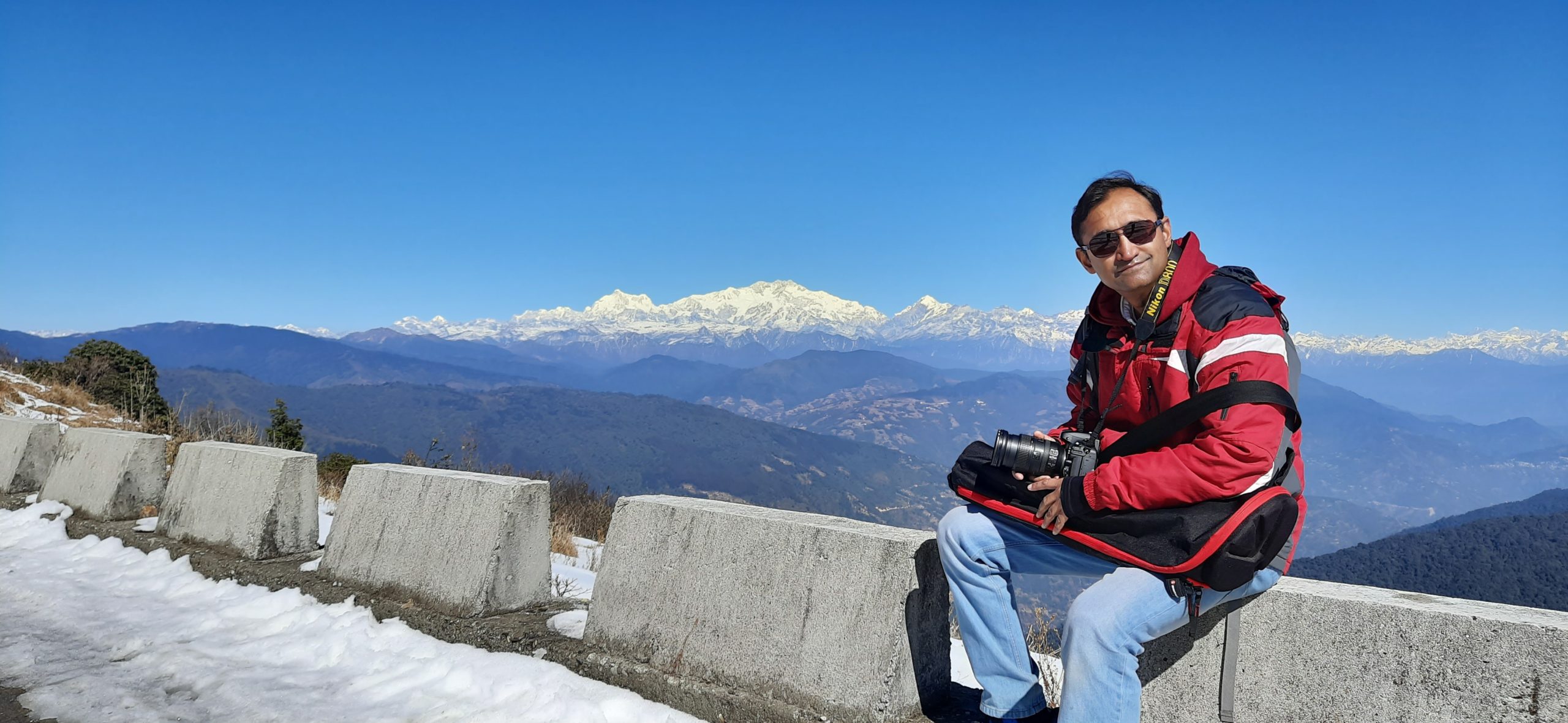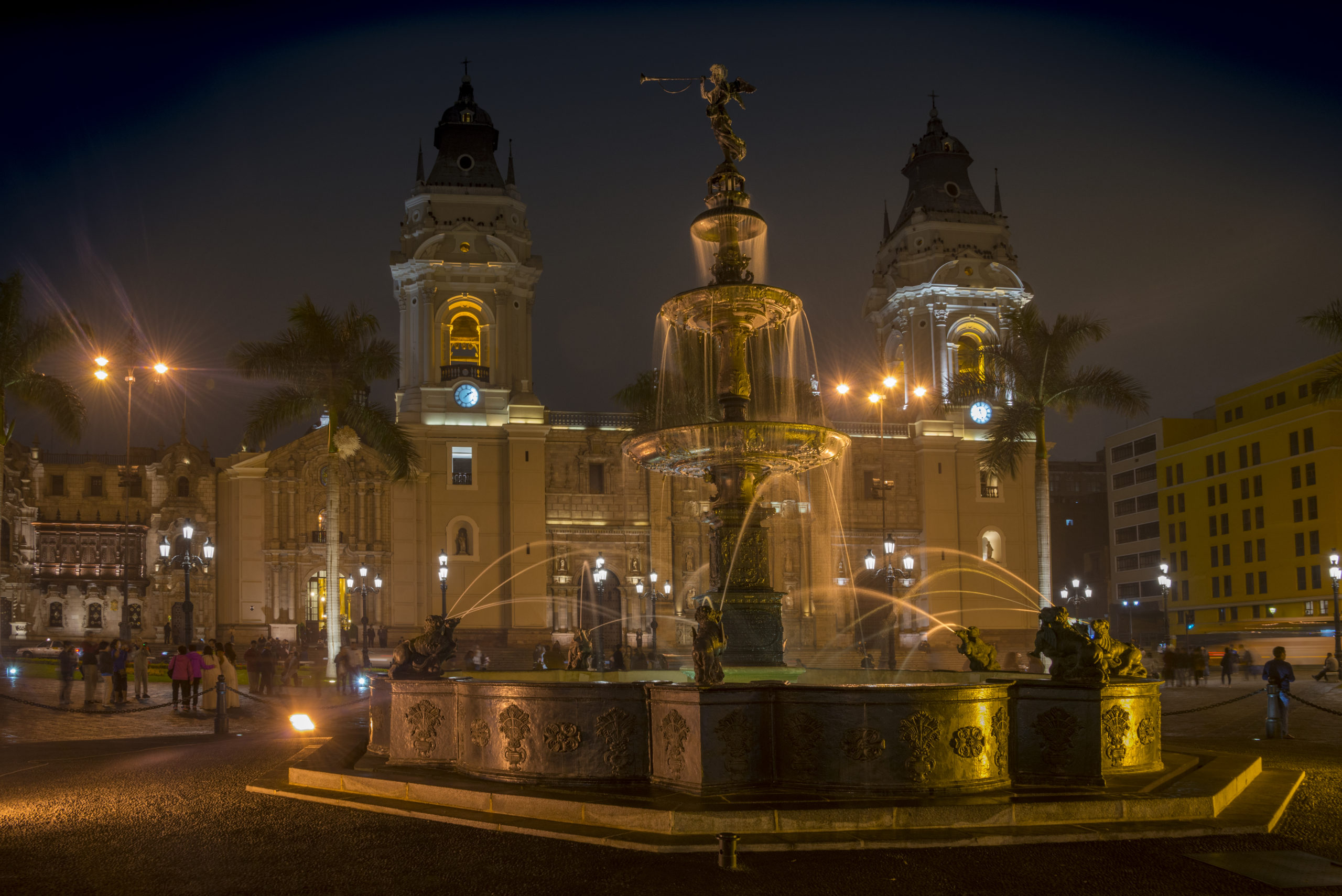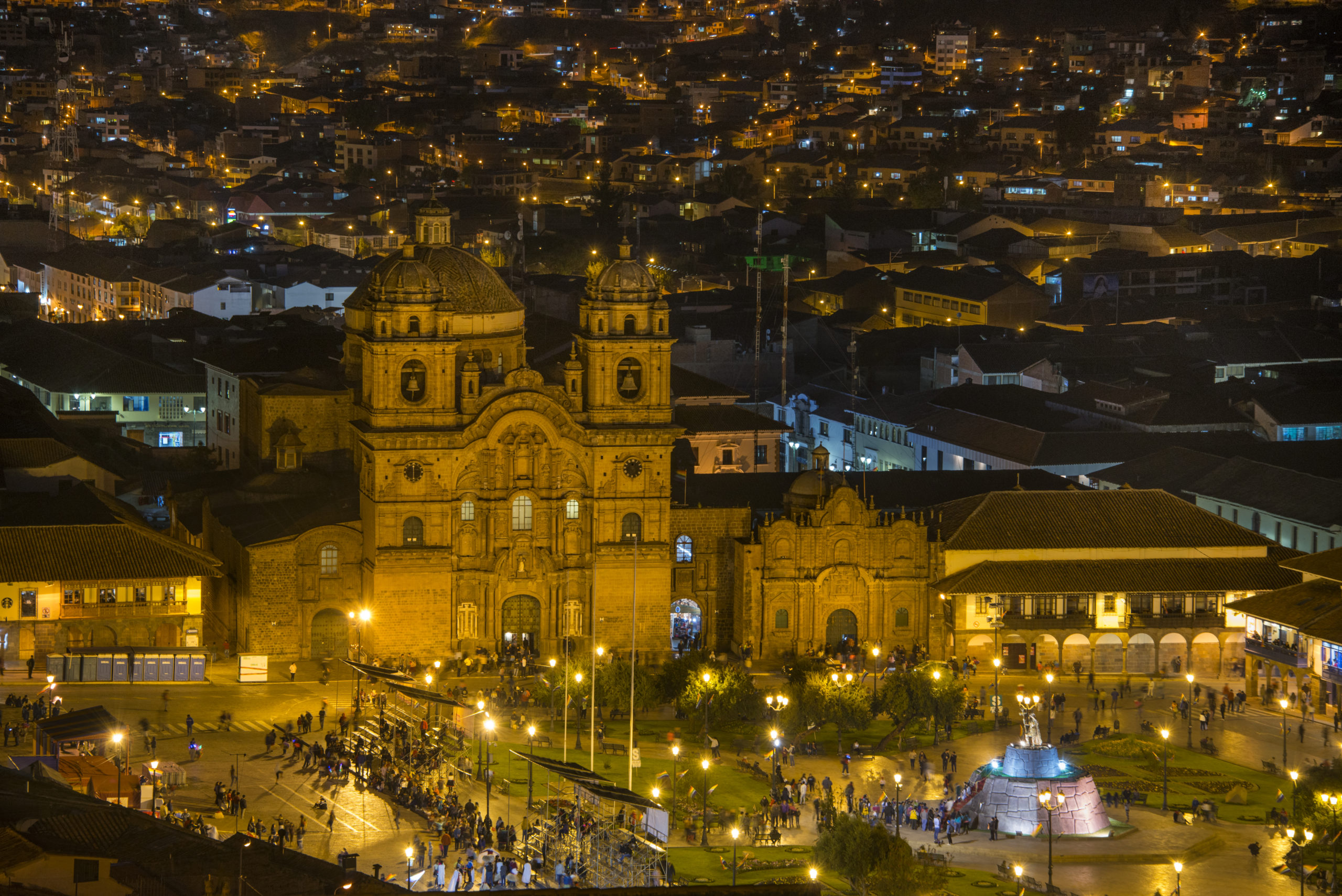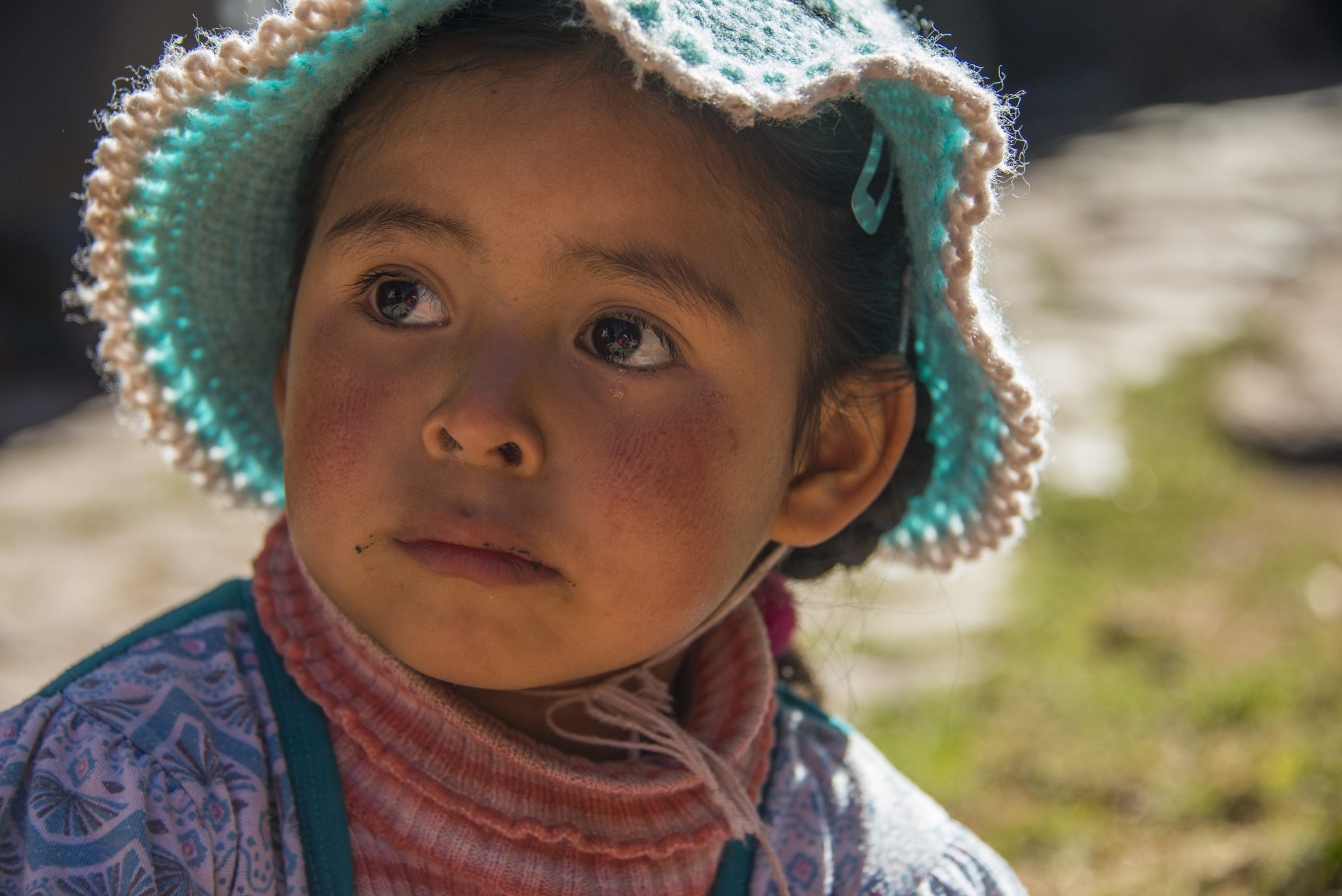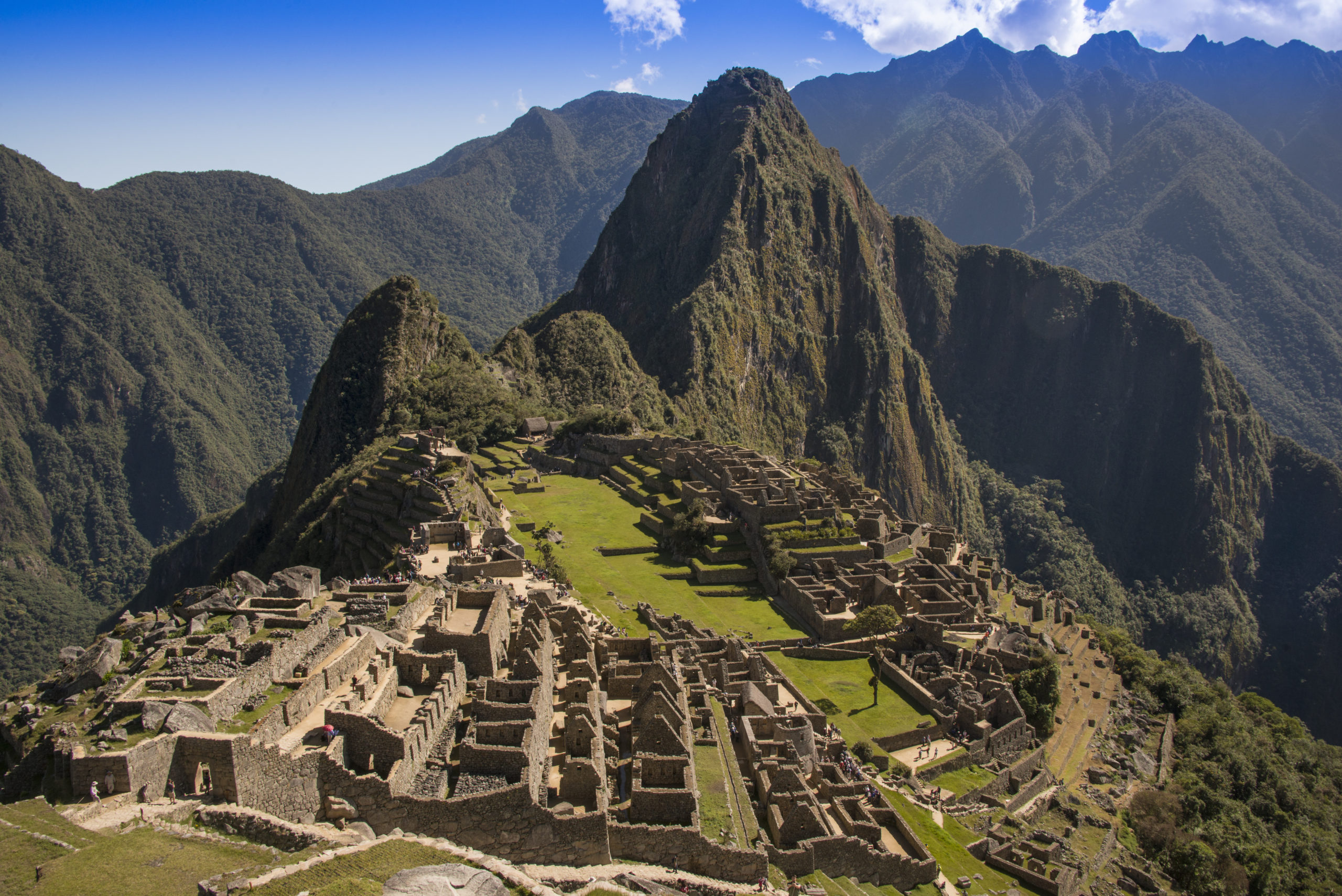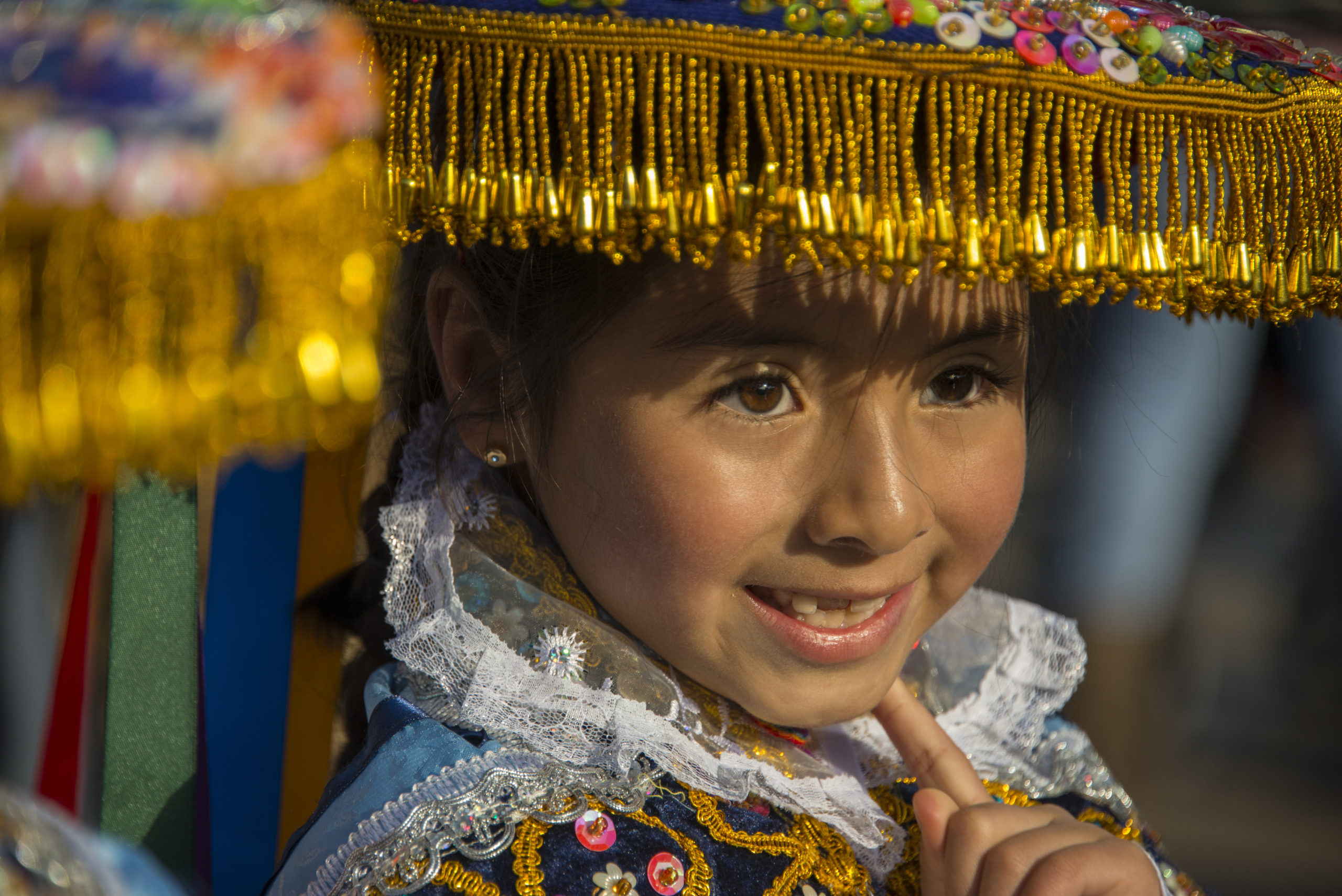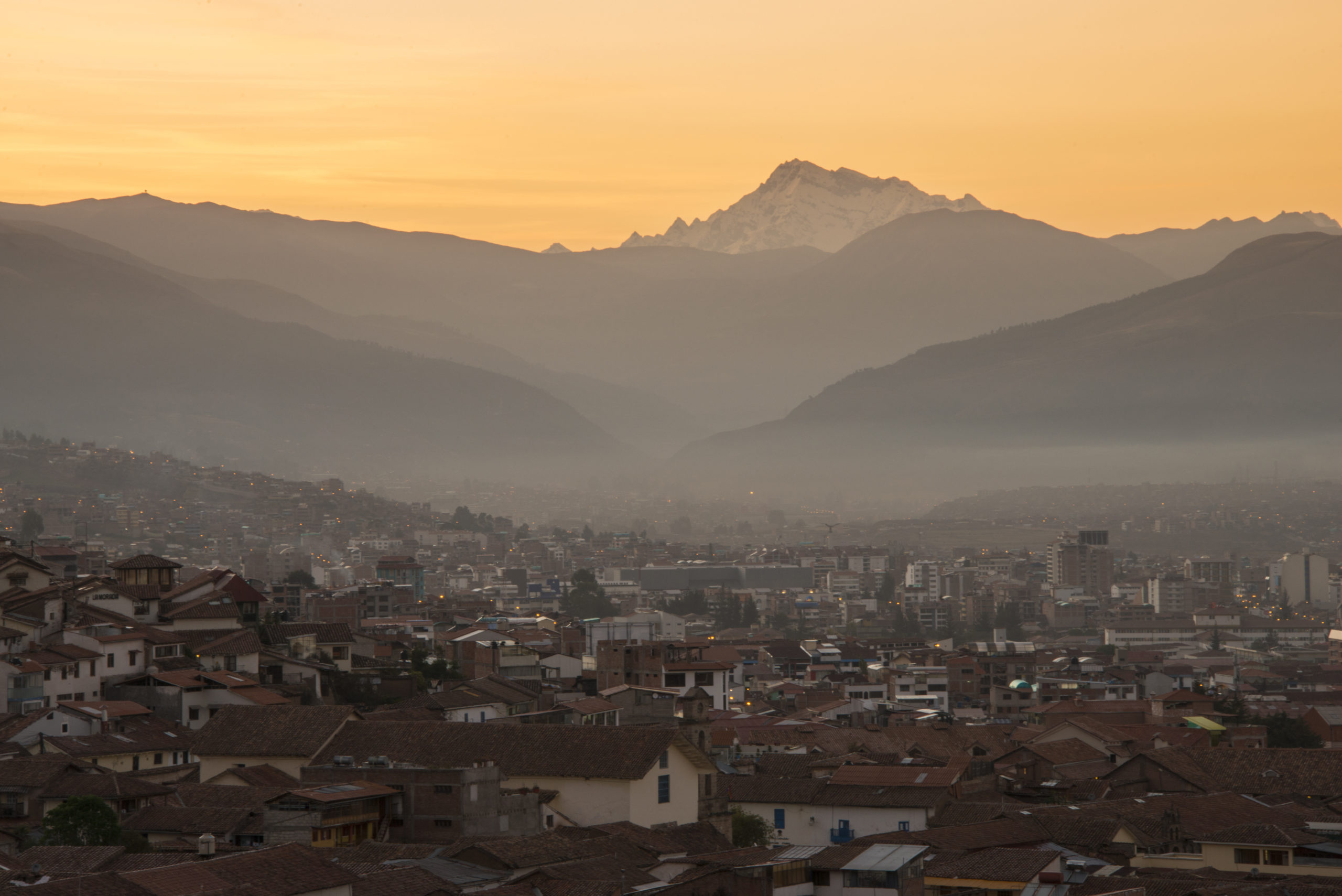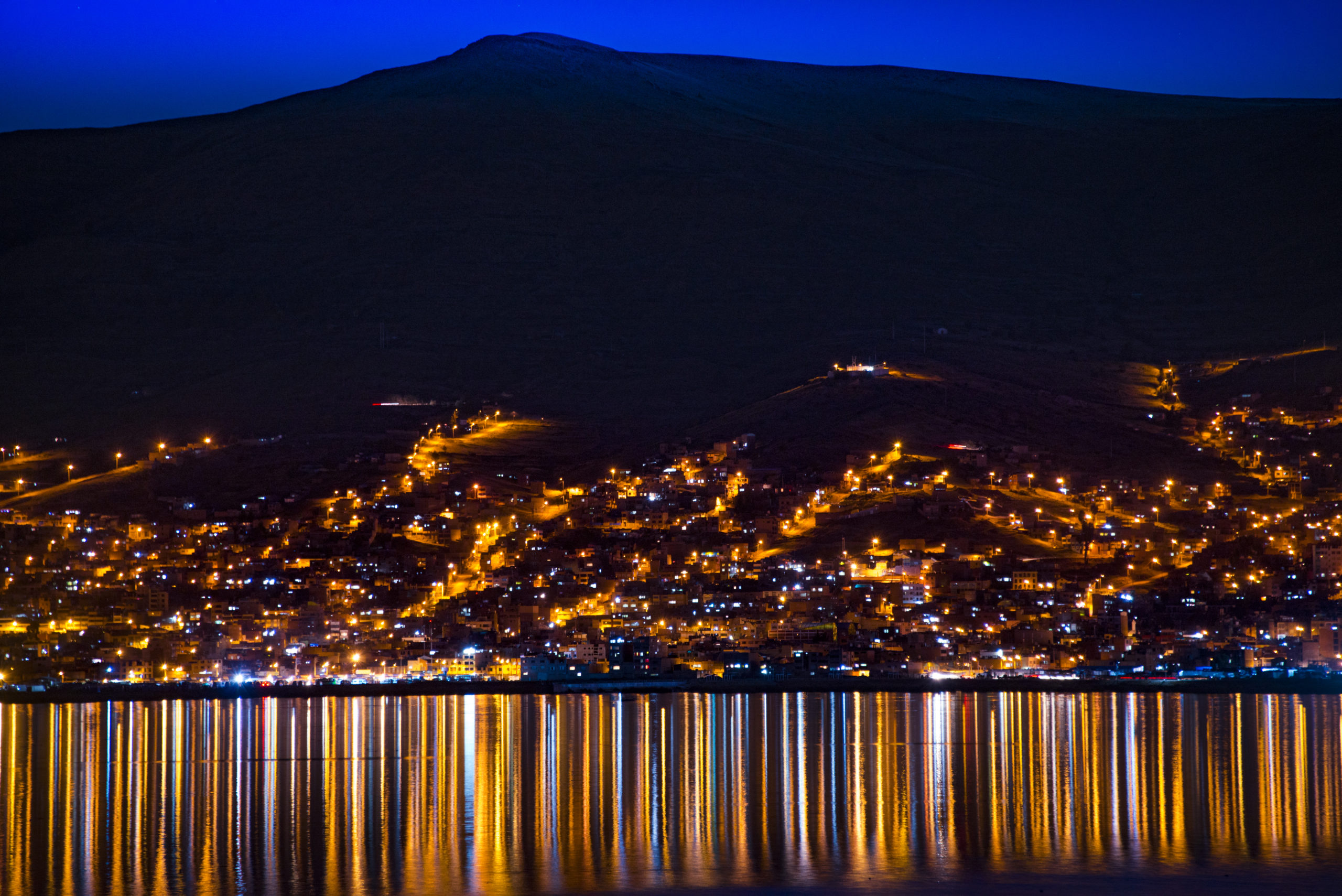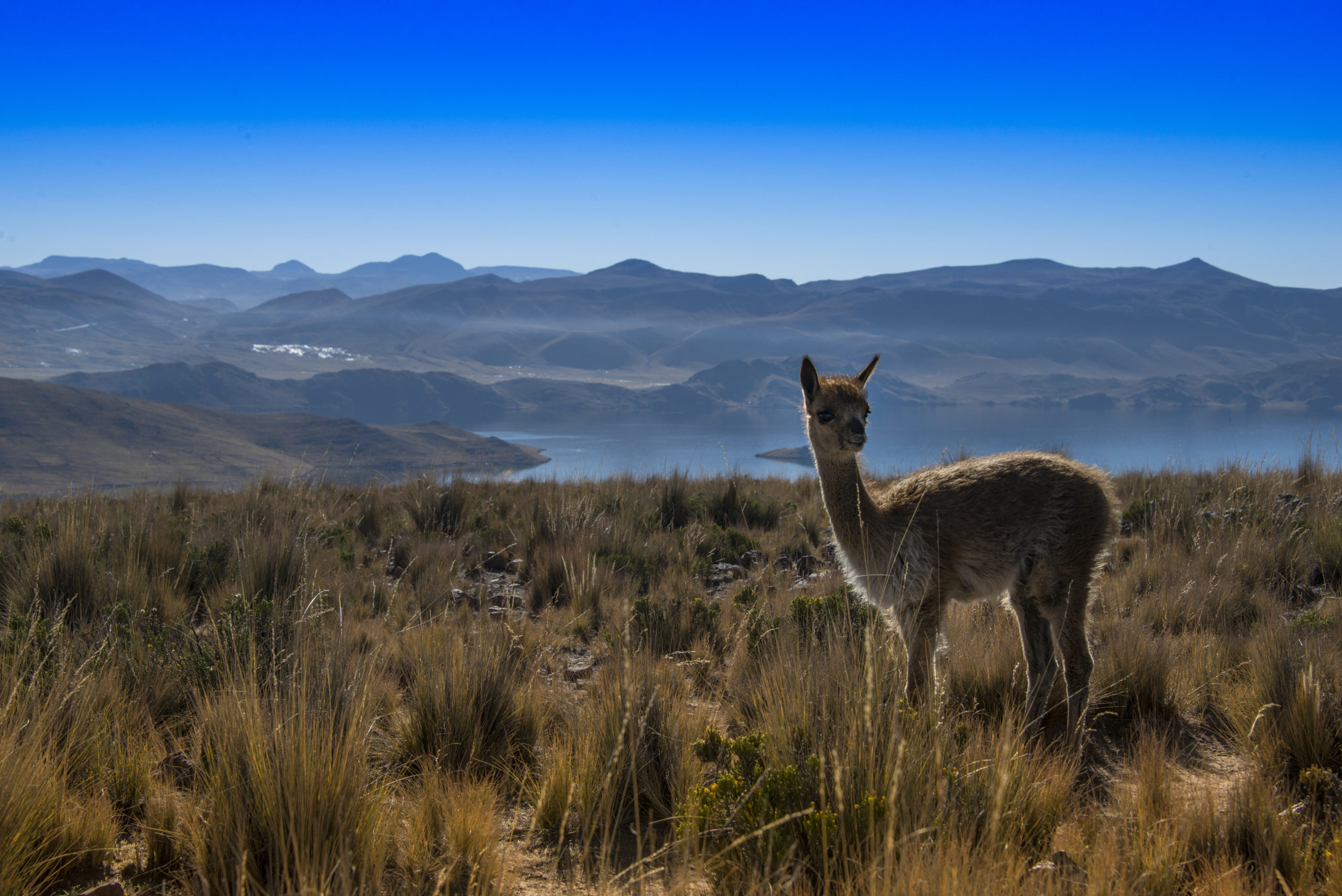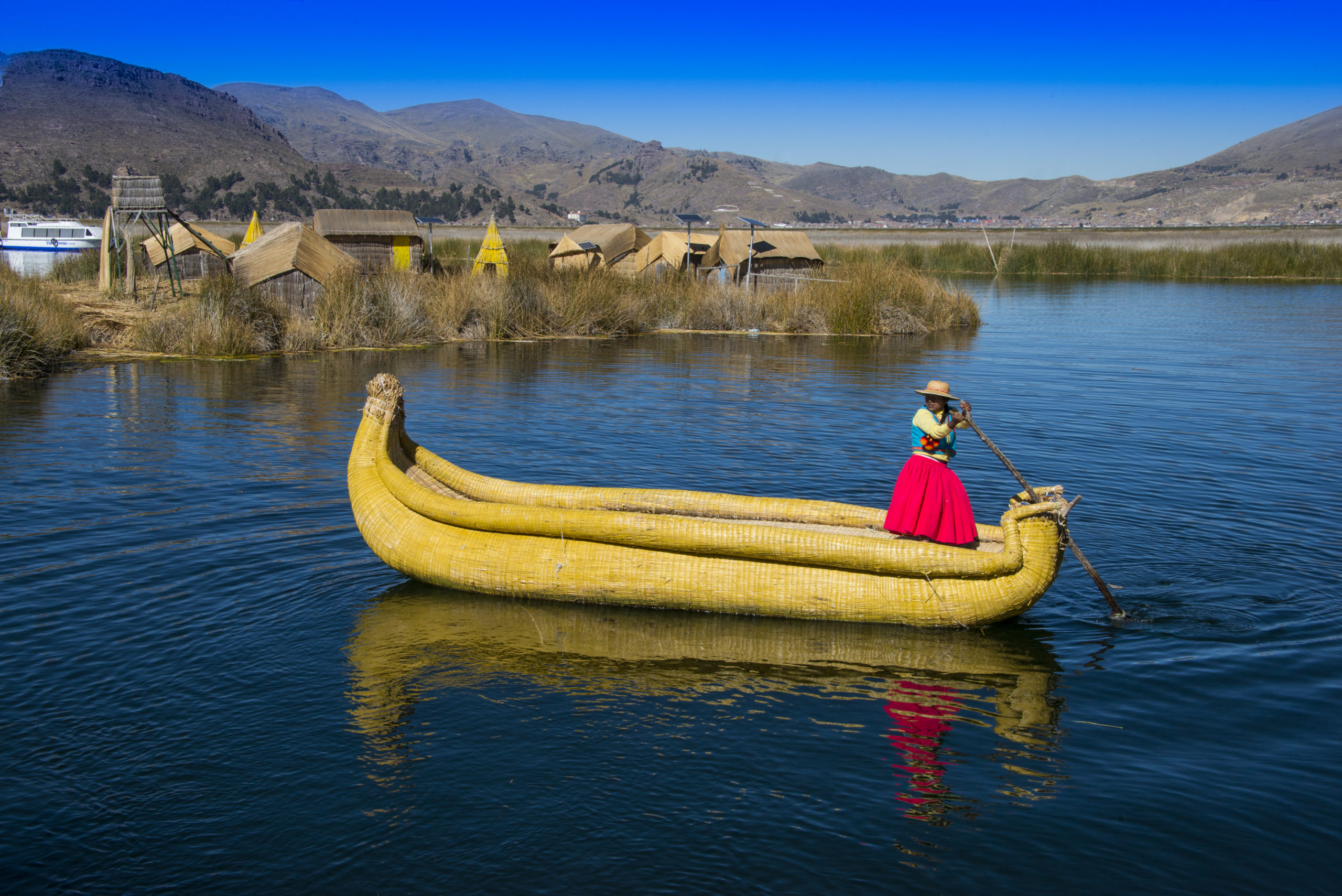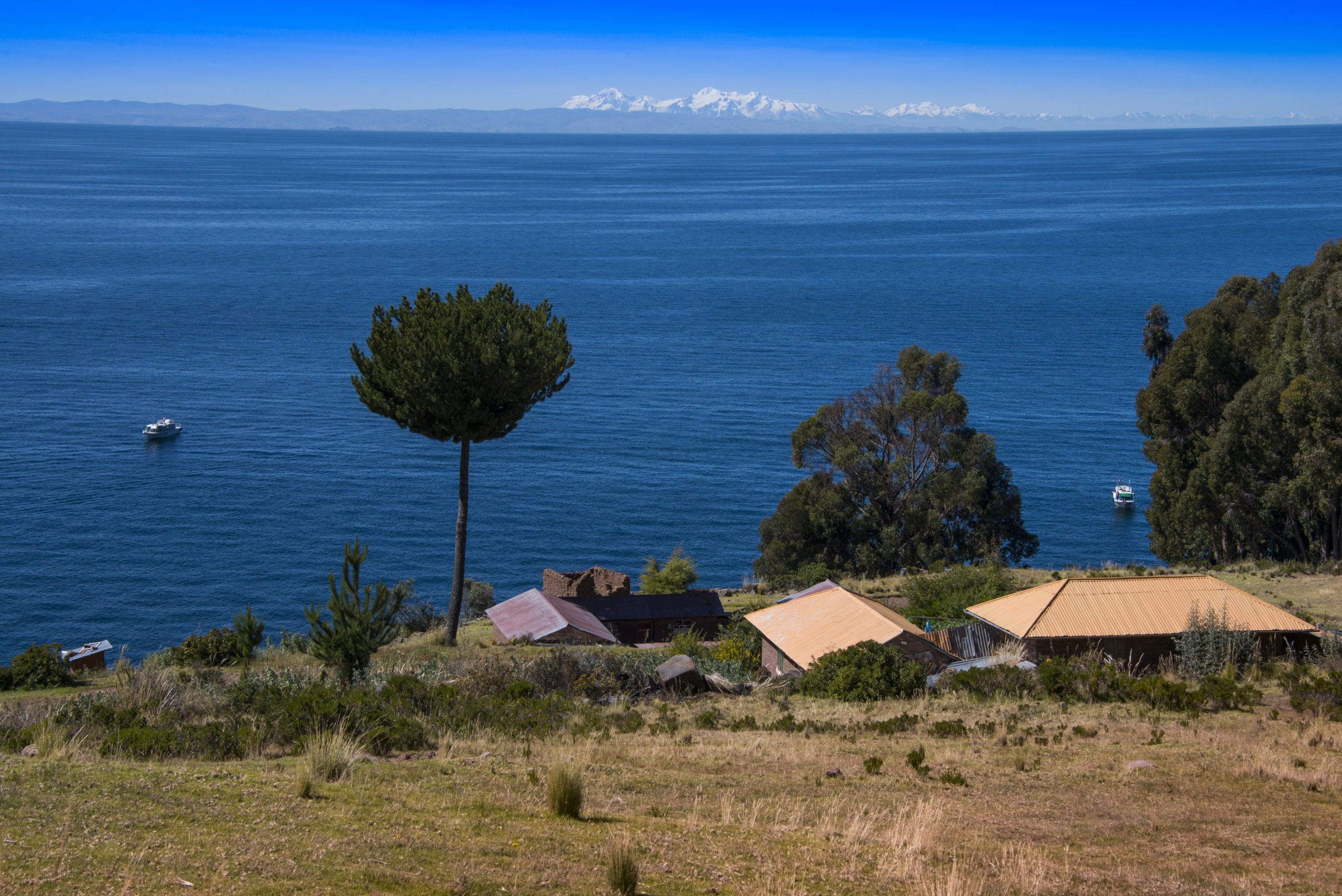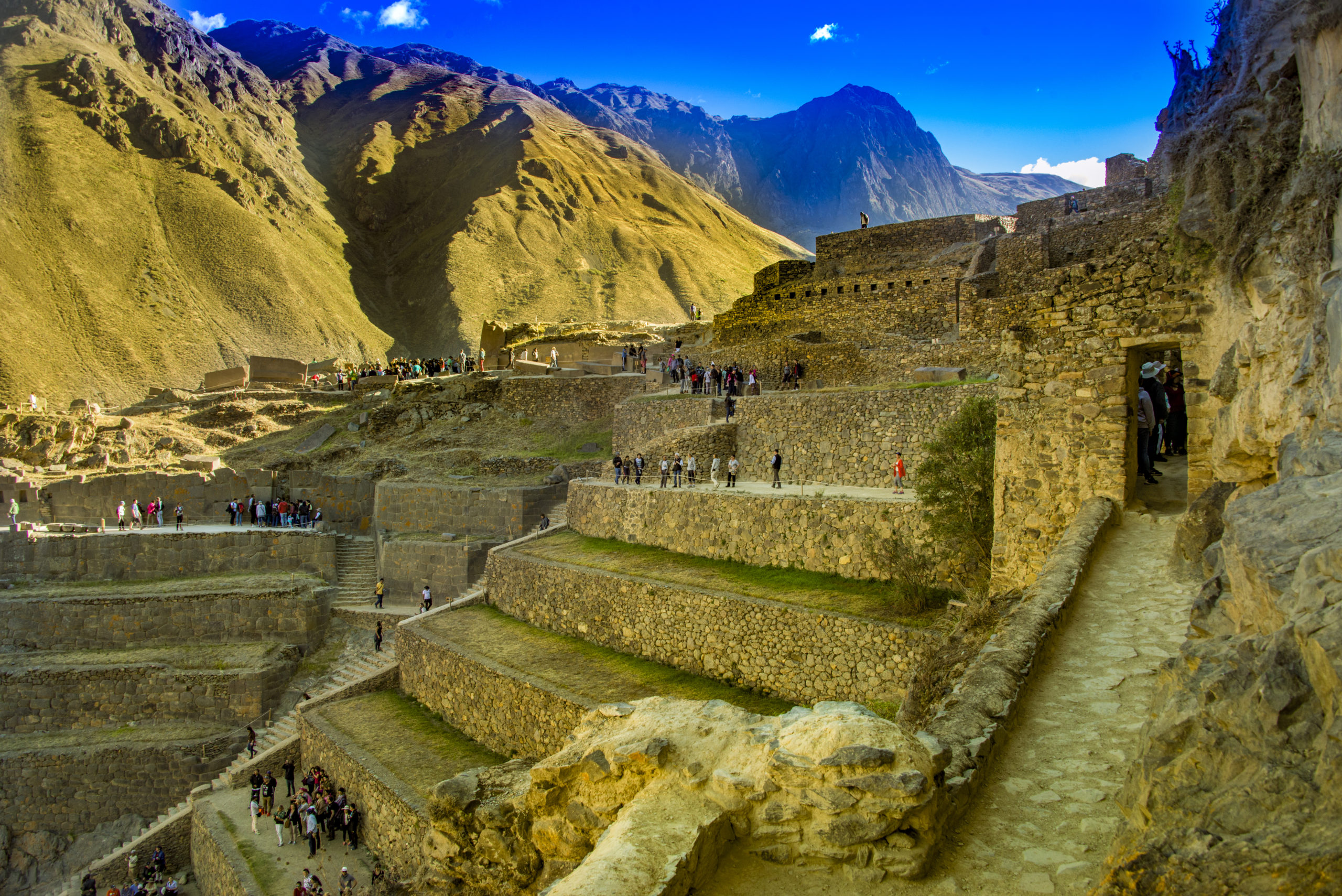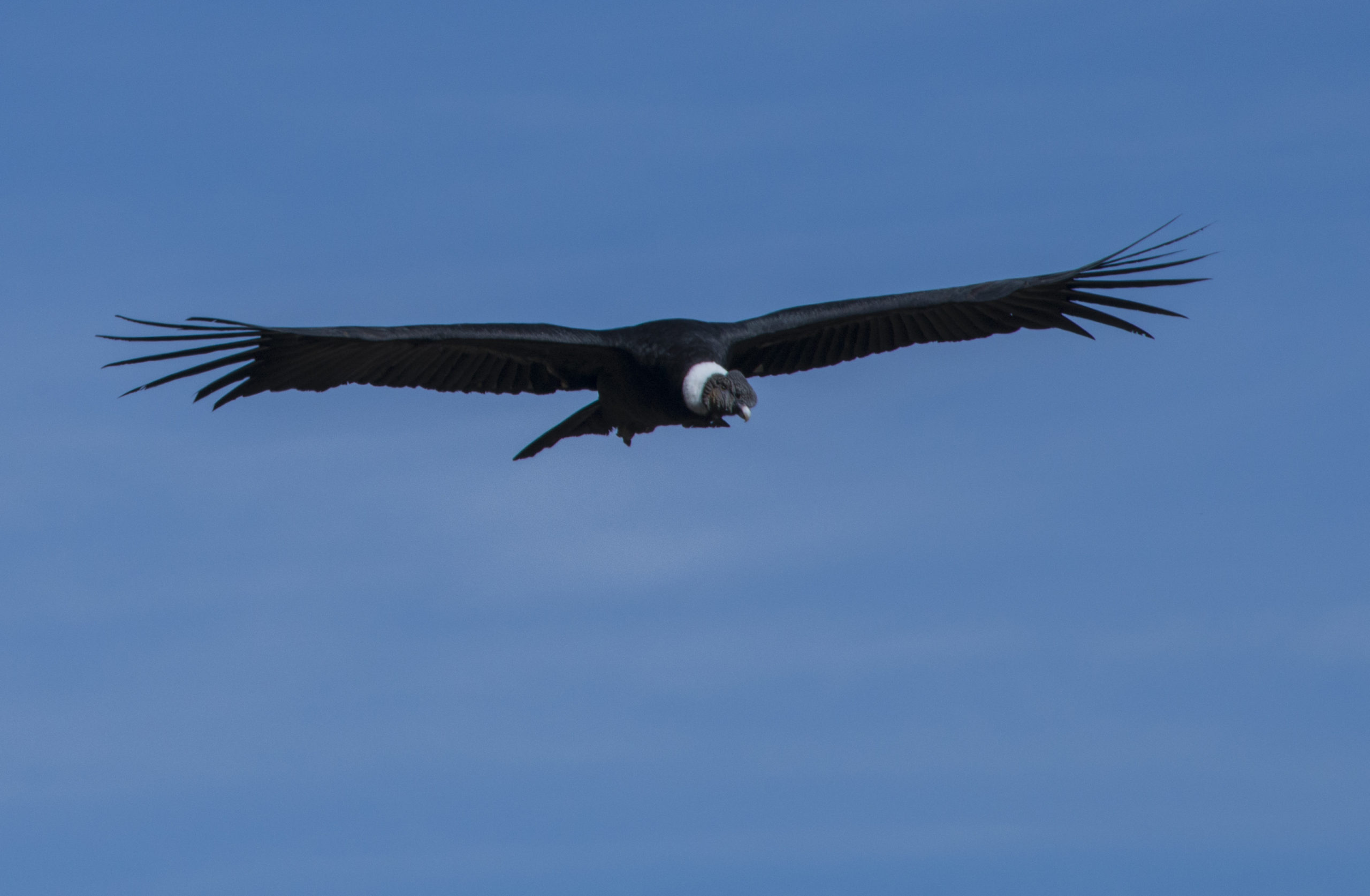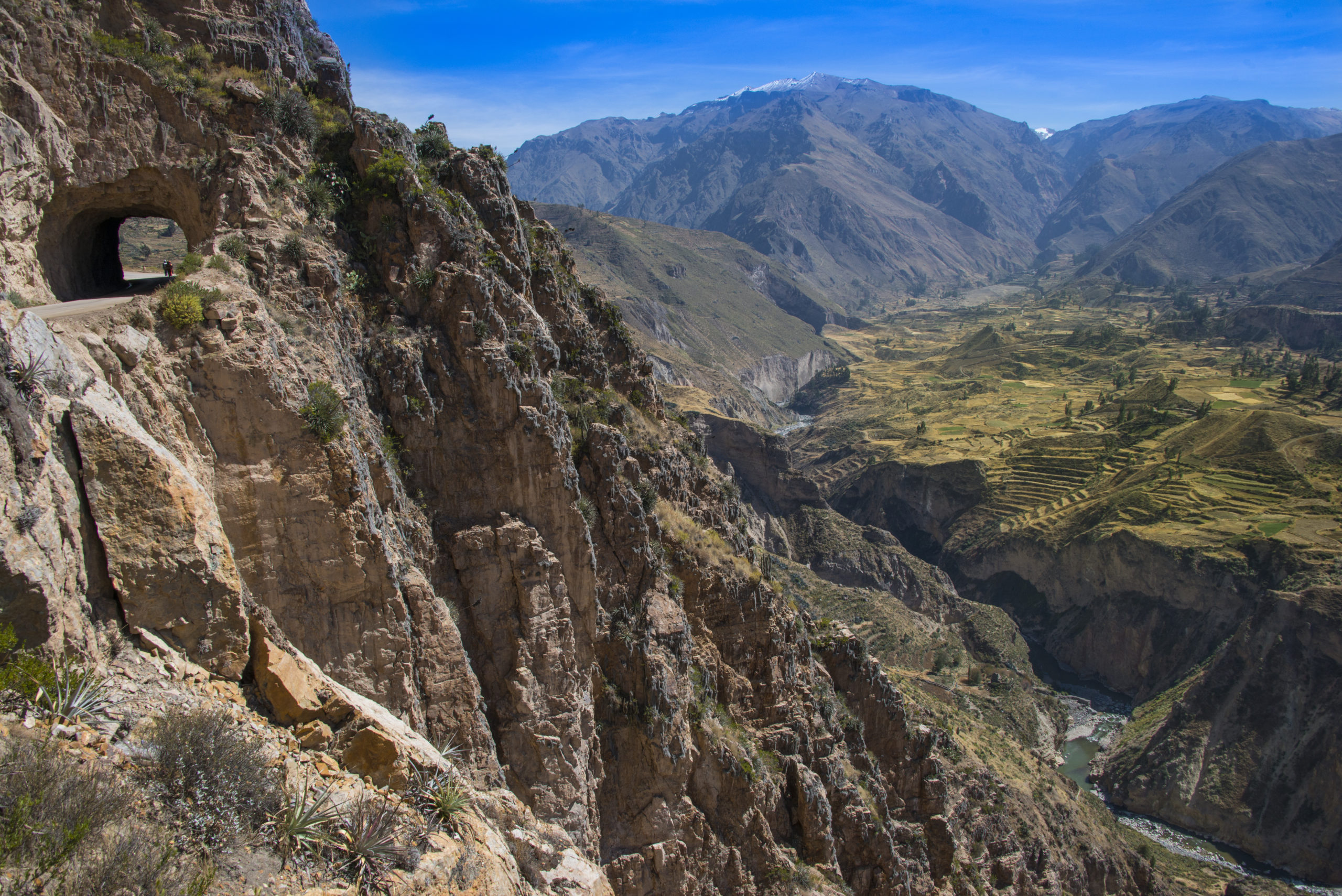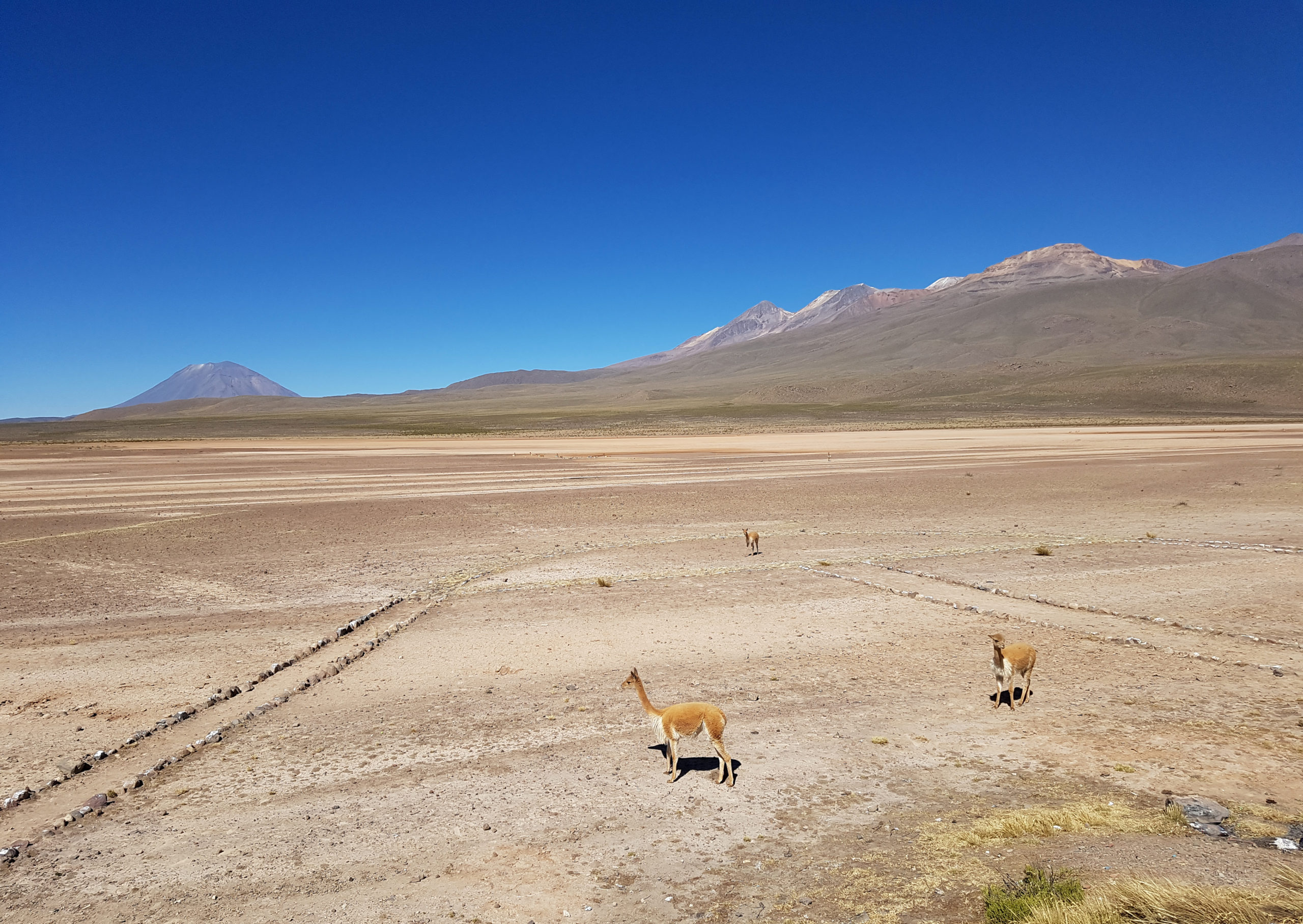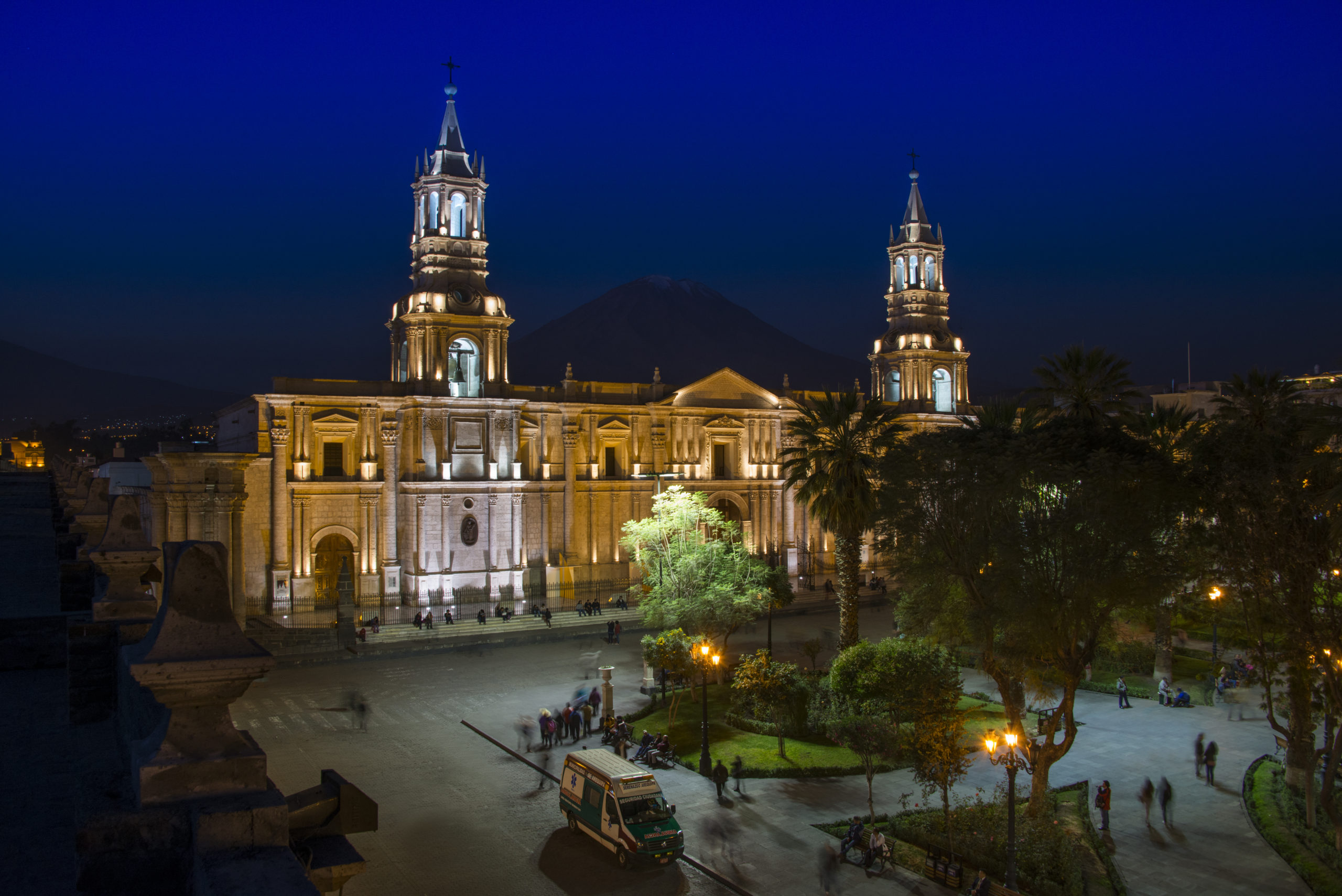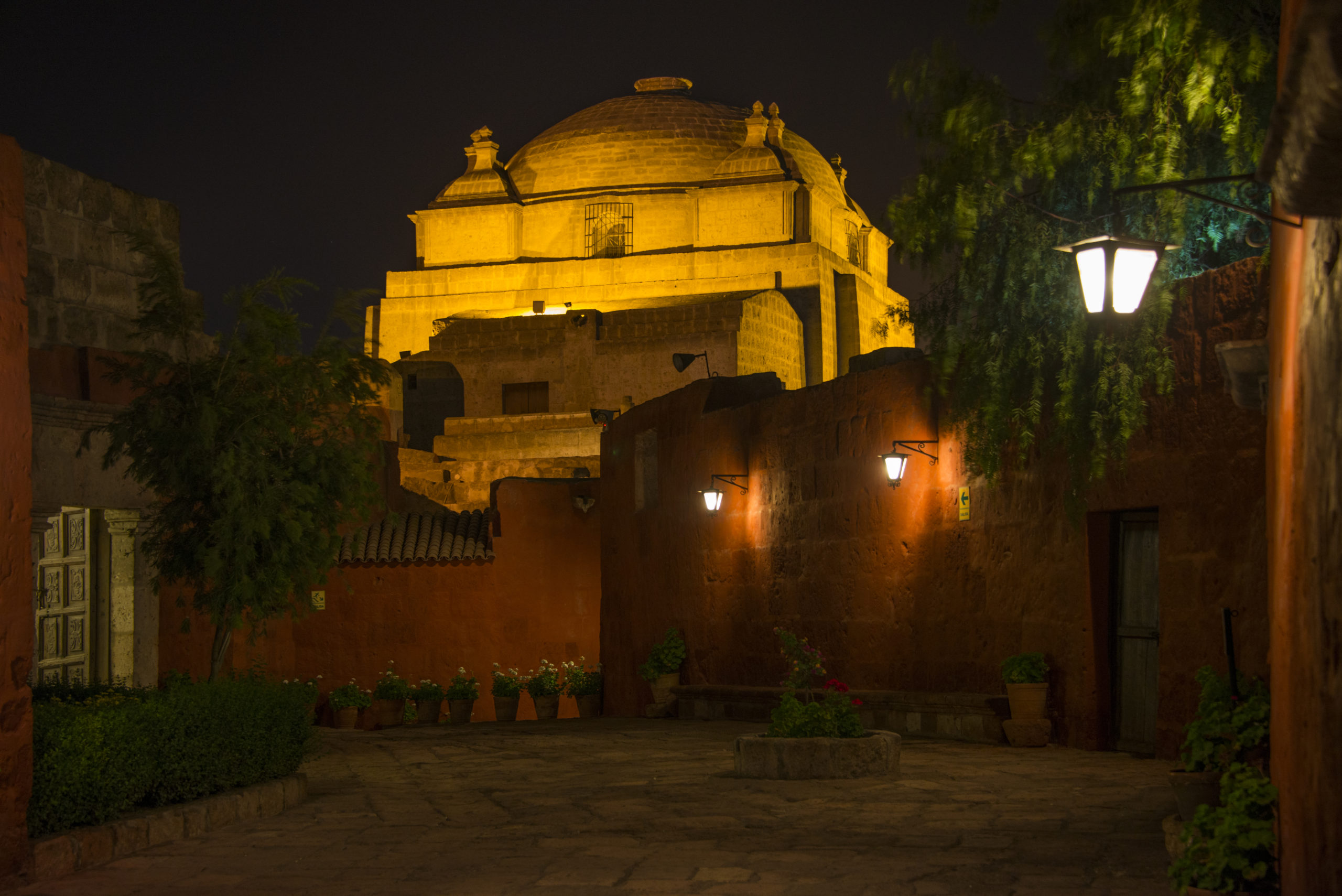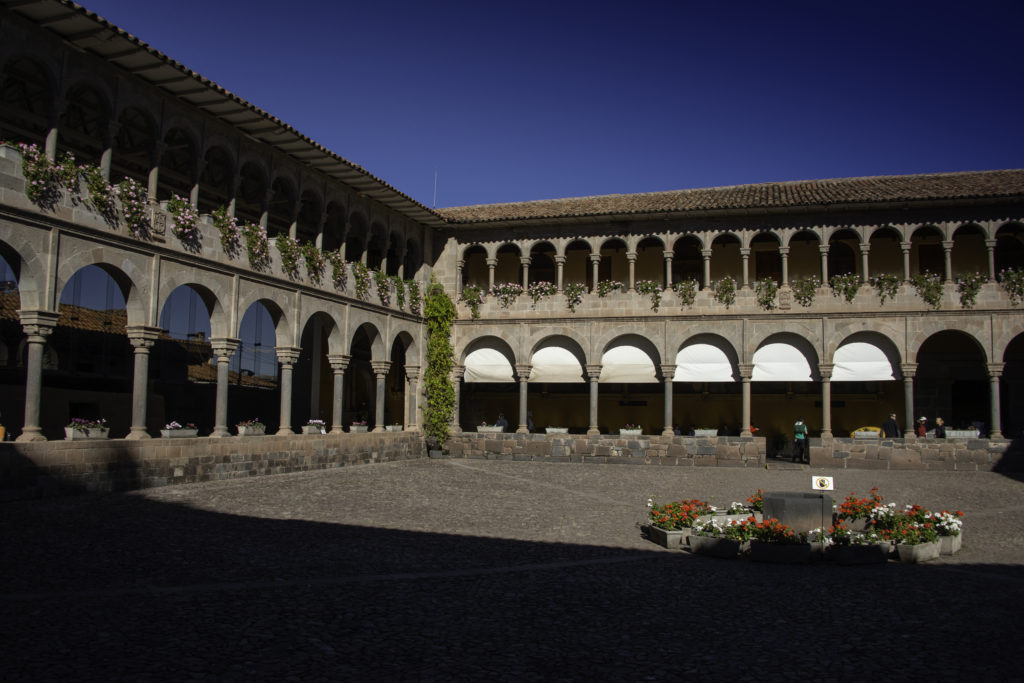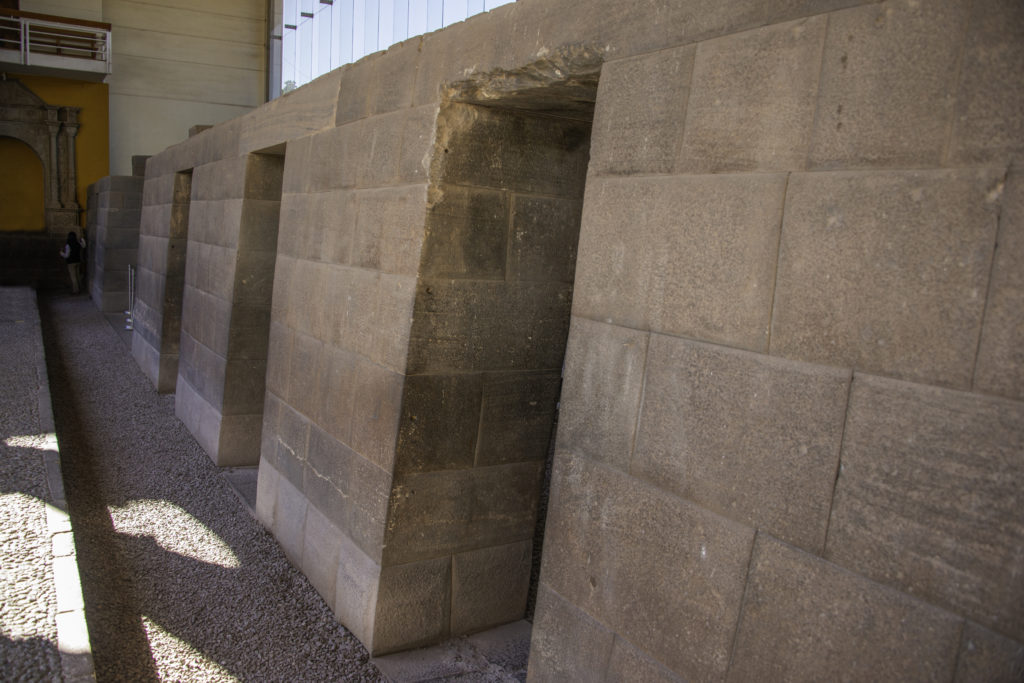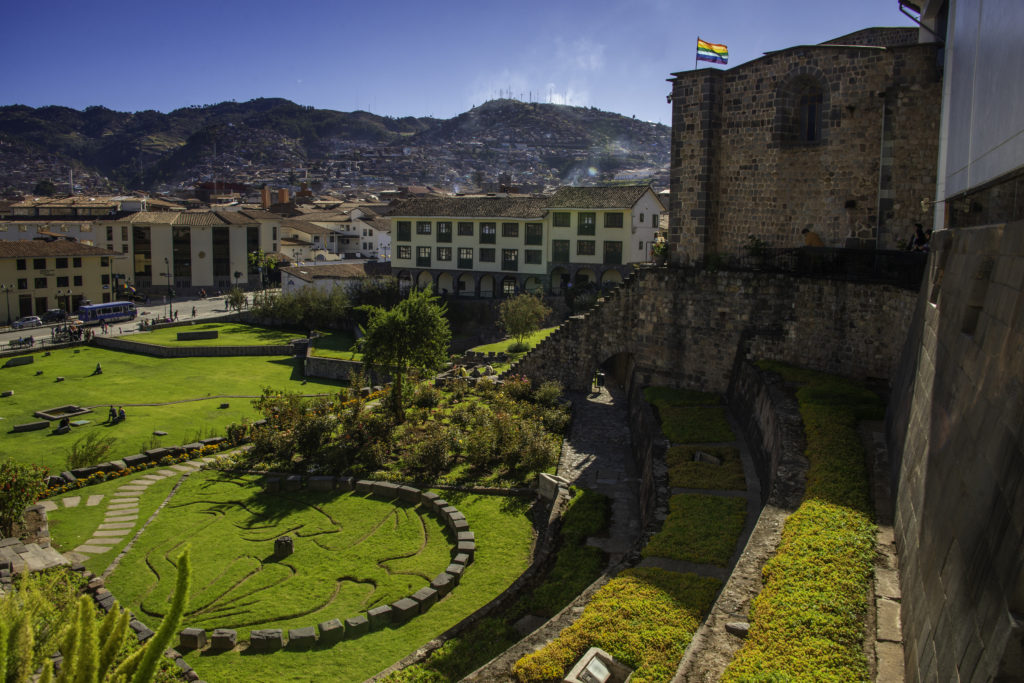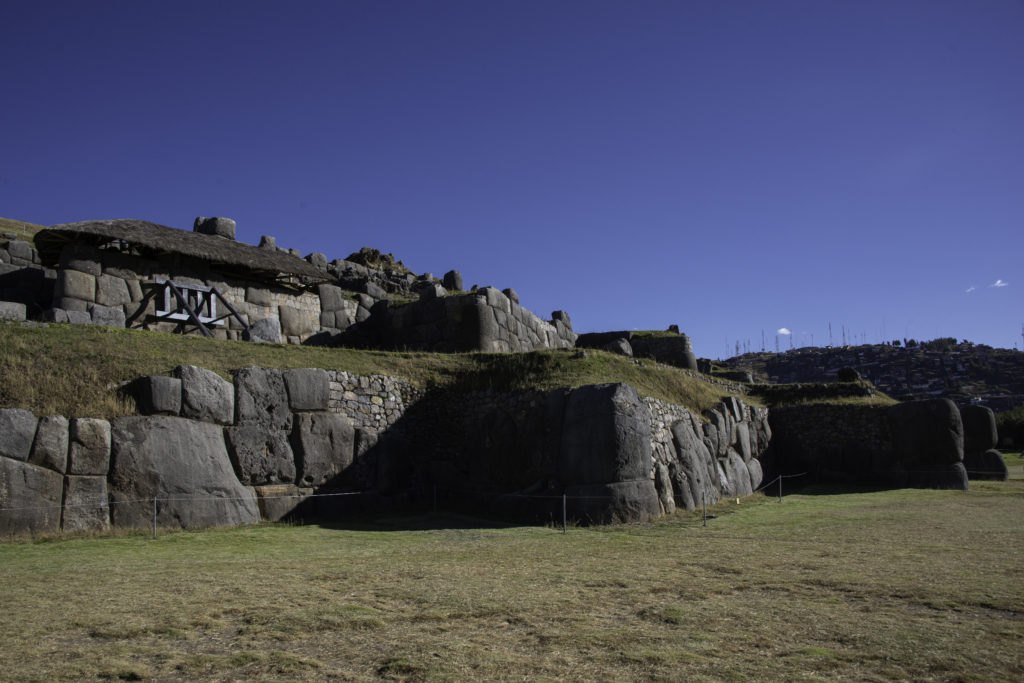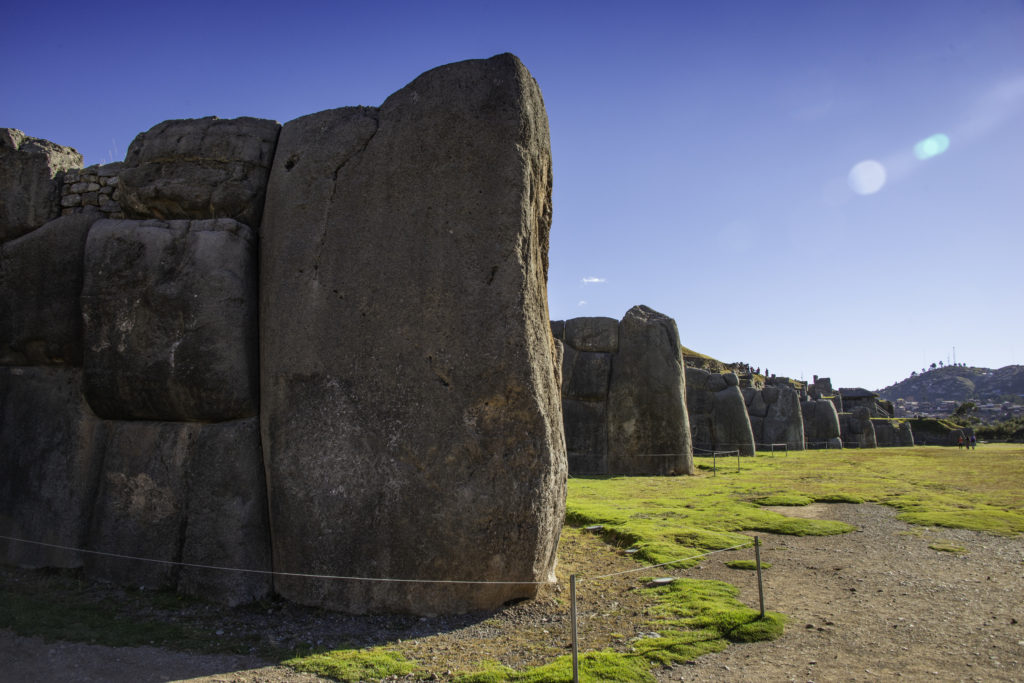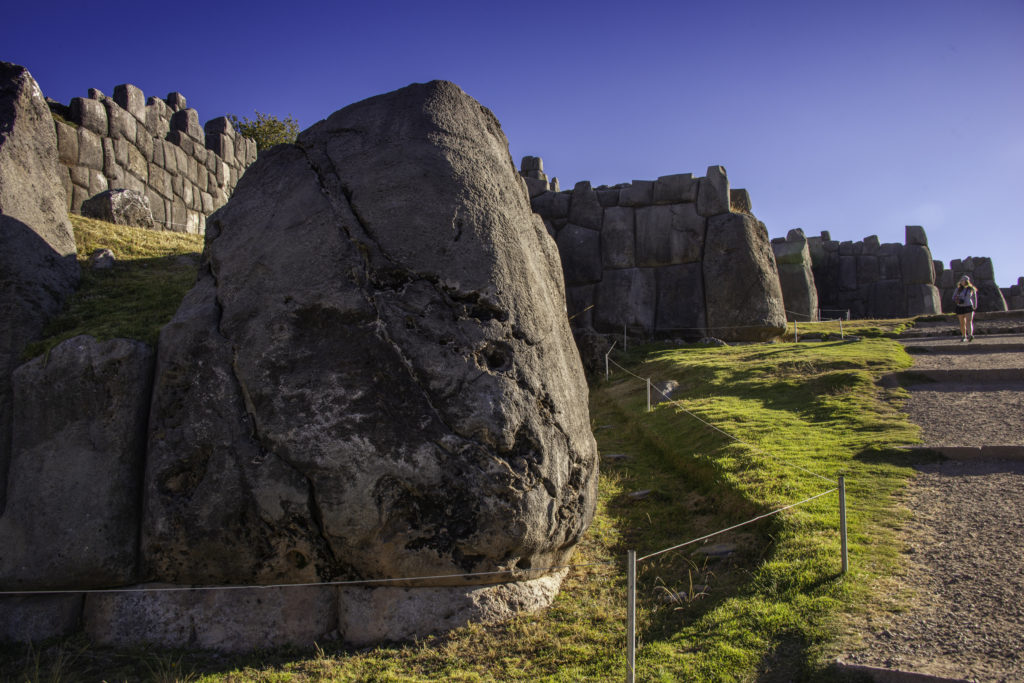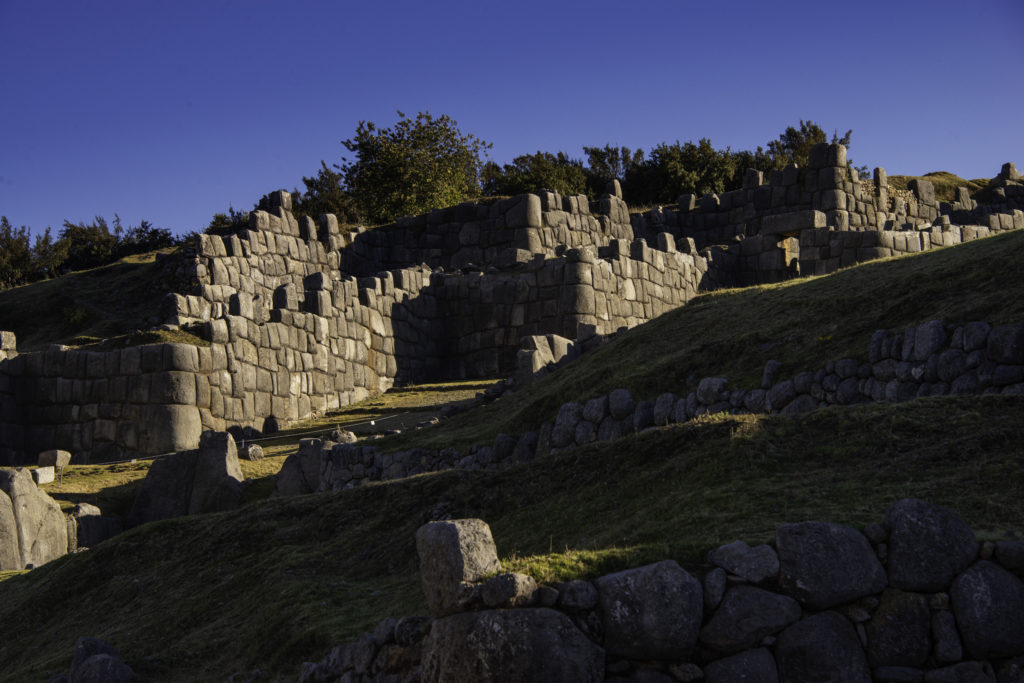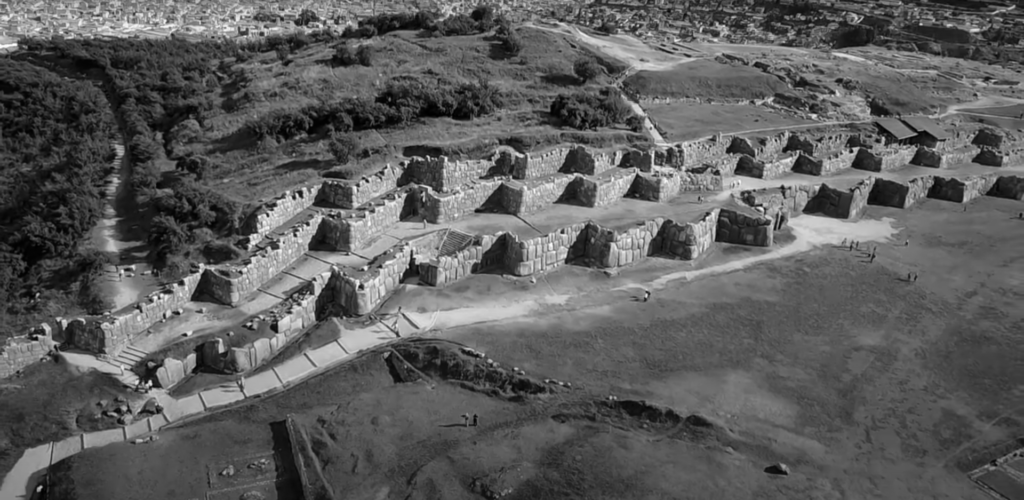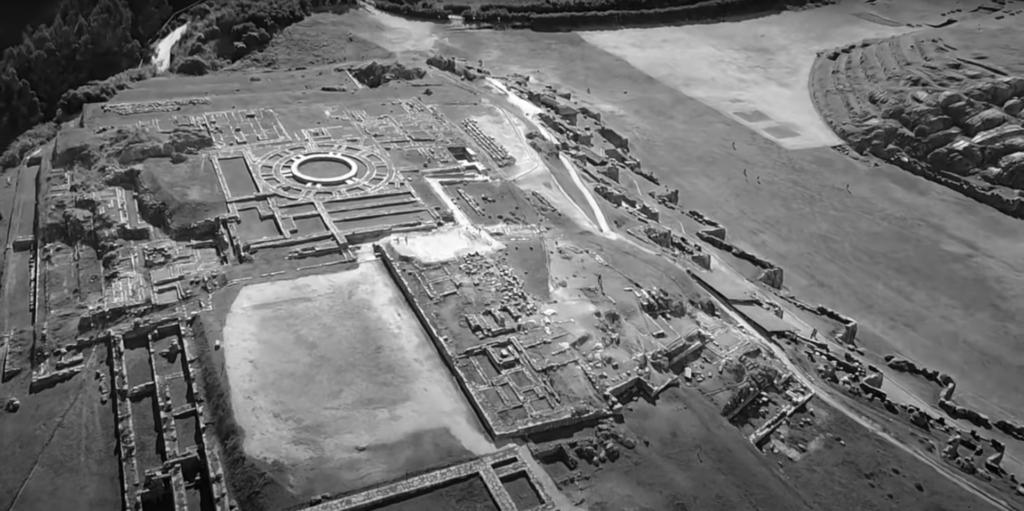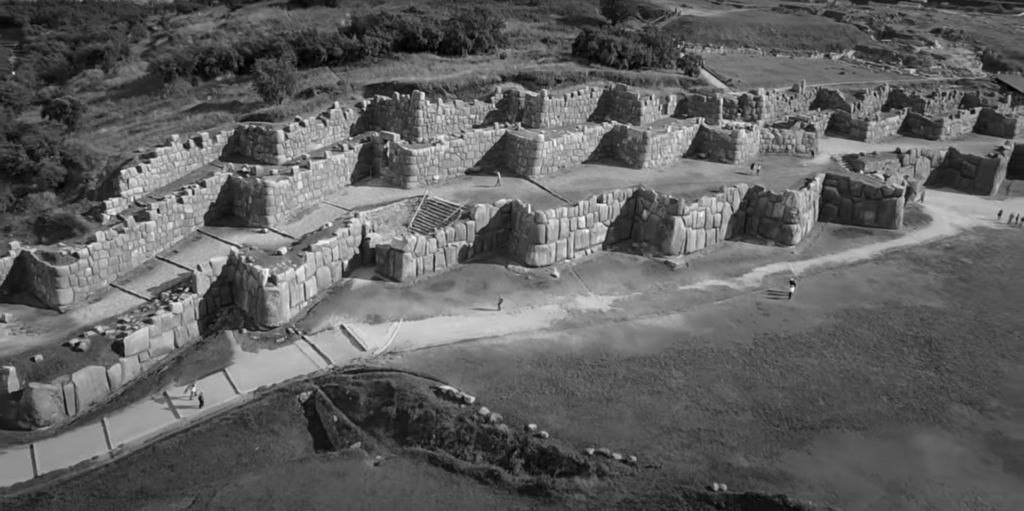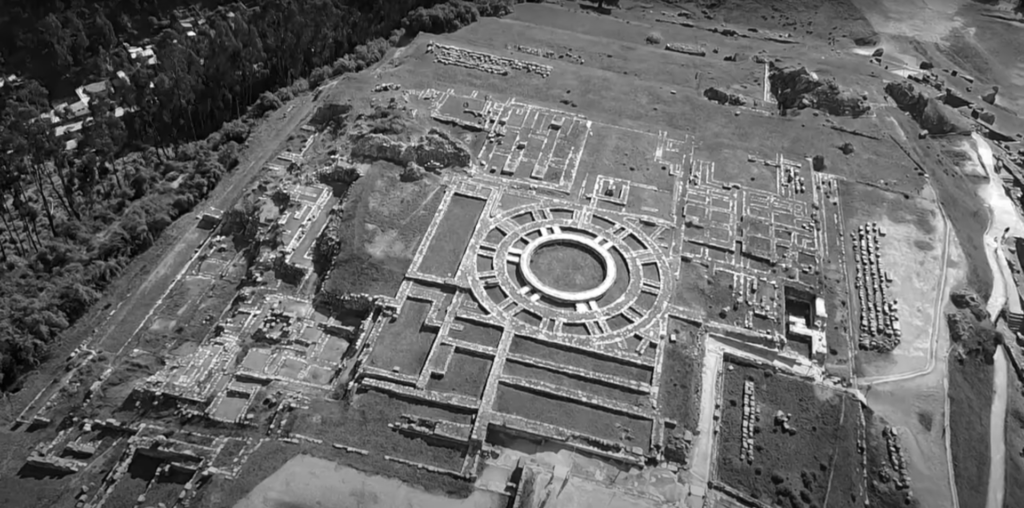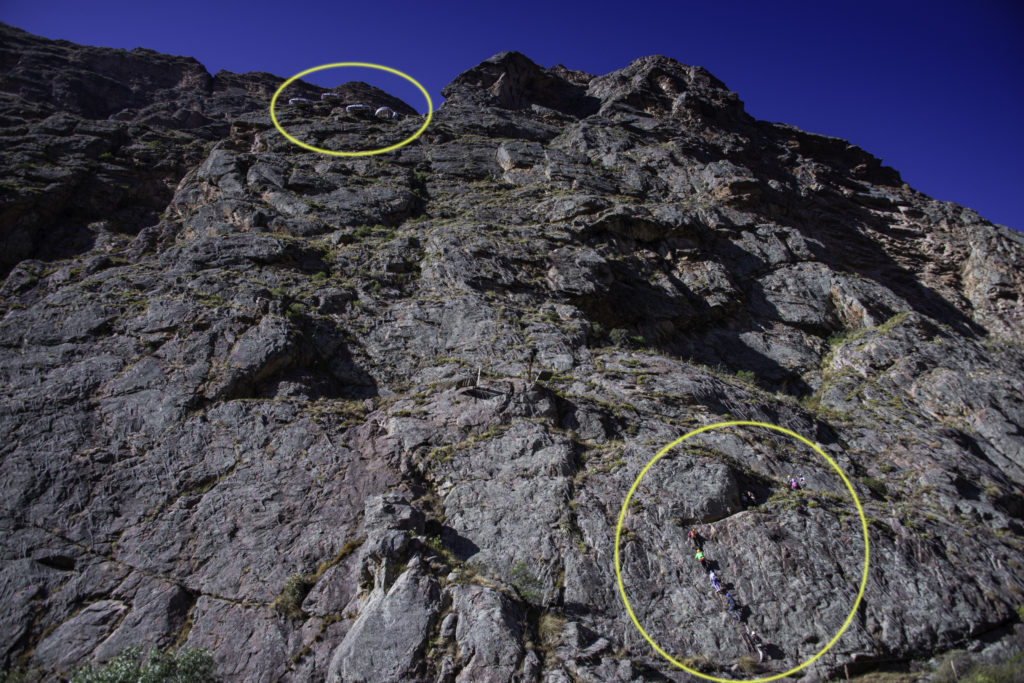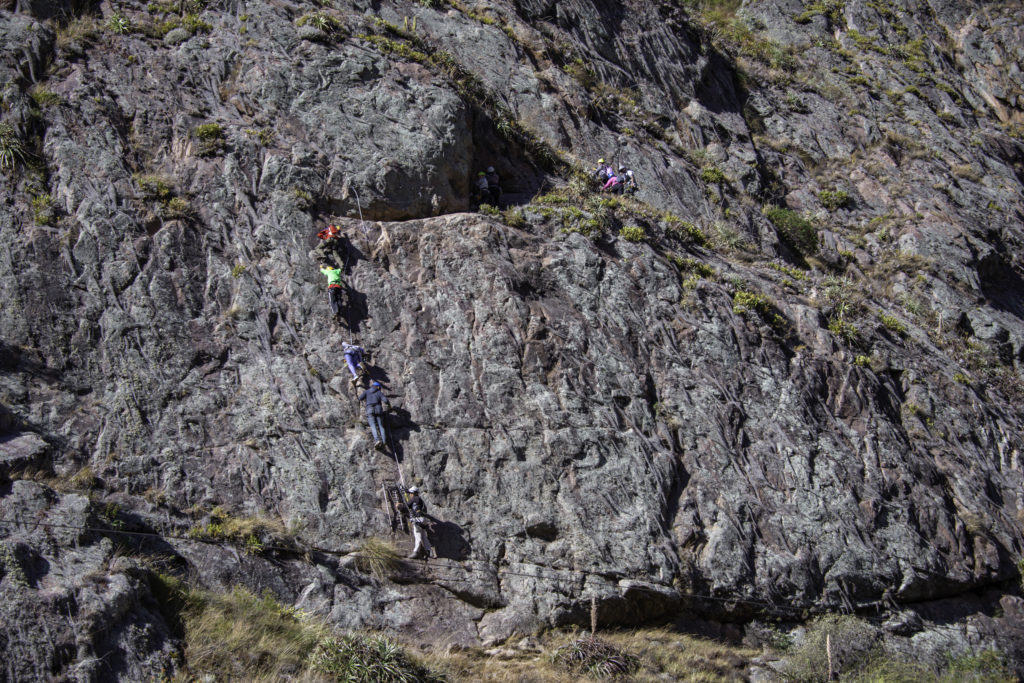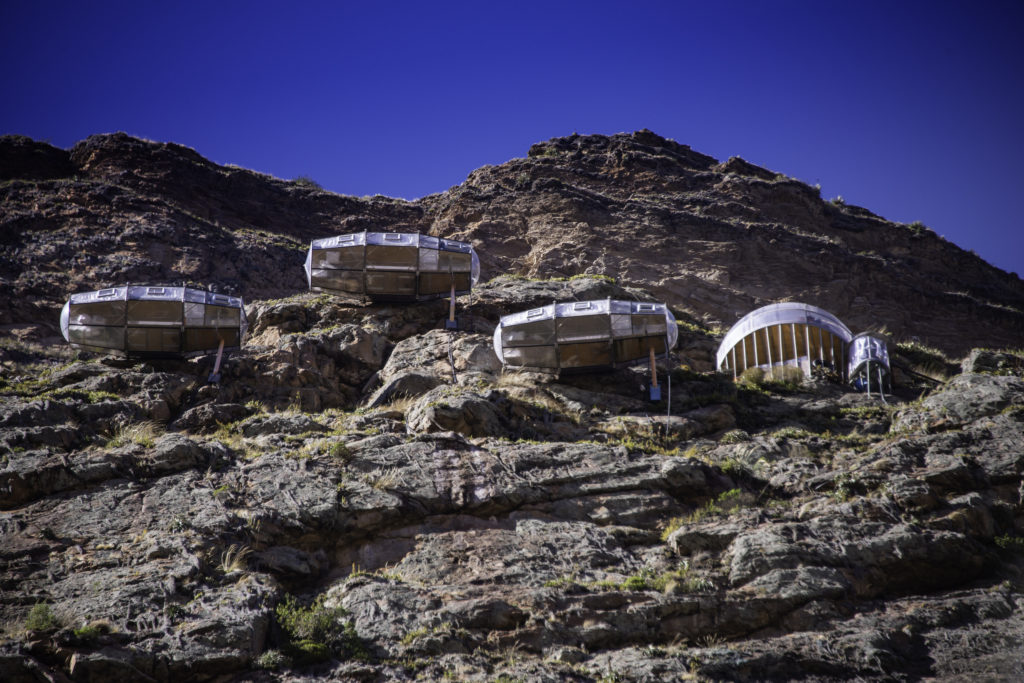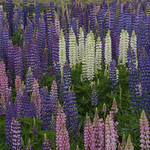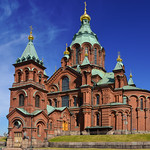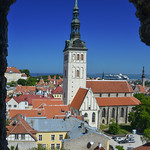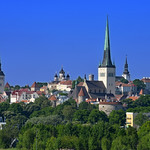Day 01: Lima: A late evening arrival meant I did not have much time in Lima, the hotel was in Mira Flores but I did not get to see it as such as I took a taxi to Plaza De Armas. It was worth it as the square is teeming with character and is beautiful at night all lit up. Next morning though I got a glimpse of the Pacific driving to the airport.
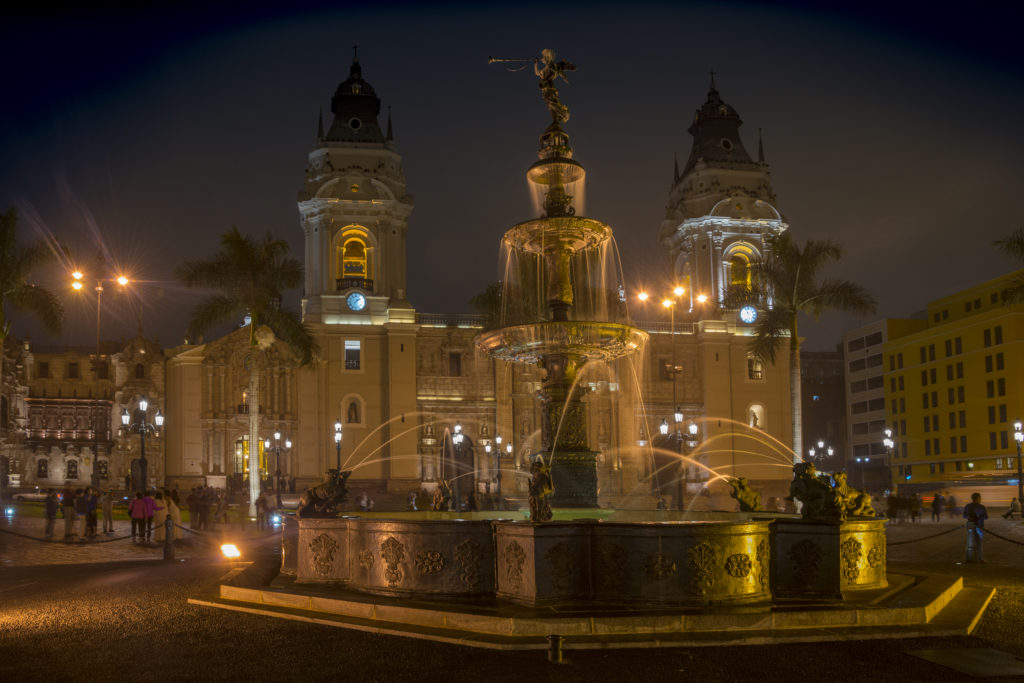
Day 02: Cusco: An early morning flight from Lima bought me to Cusco. The air is noticeably thinner and a brisk 10 paces would make one slow down. However Cocoa tea and a bit of acclamatisation in the hotel and I was rearing to go.
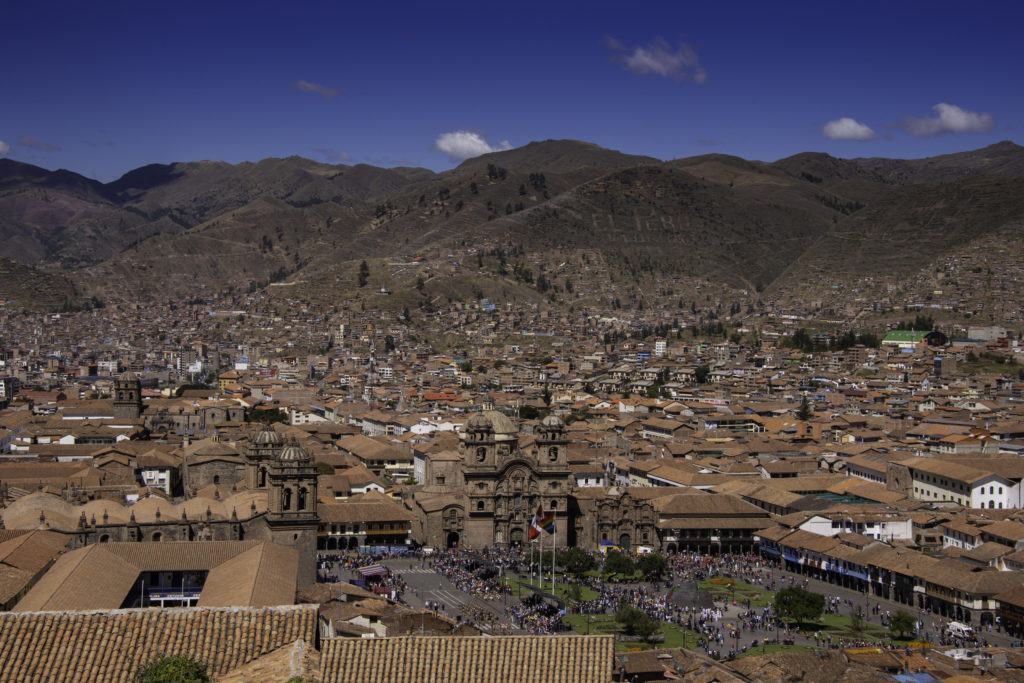
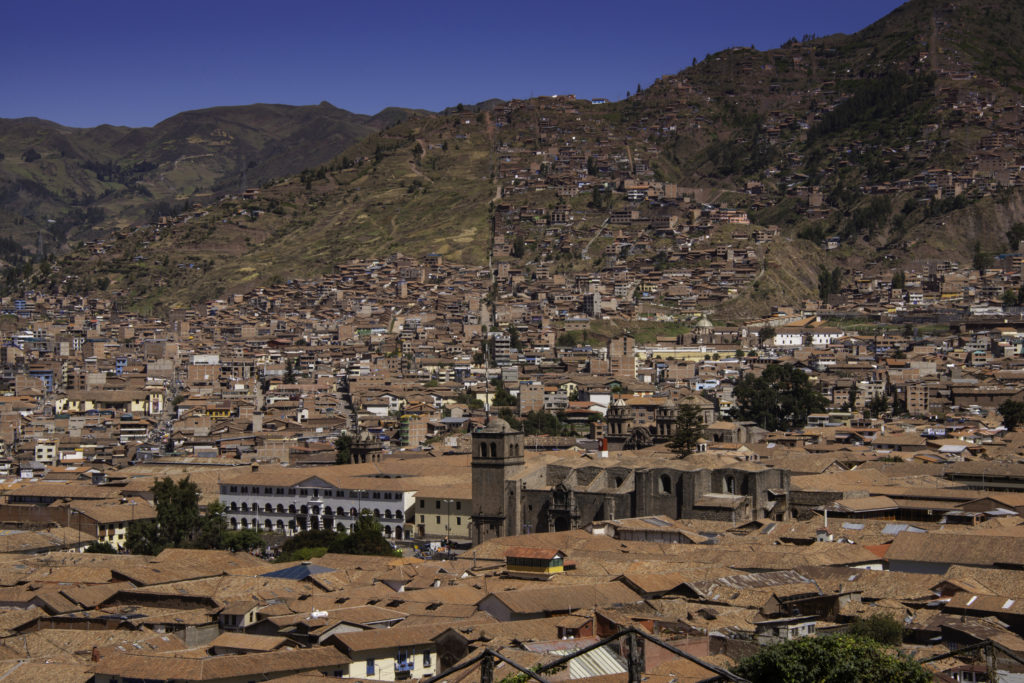
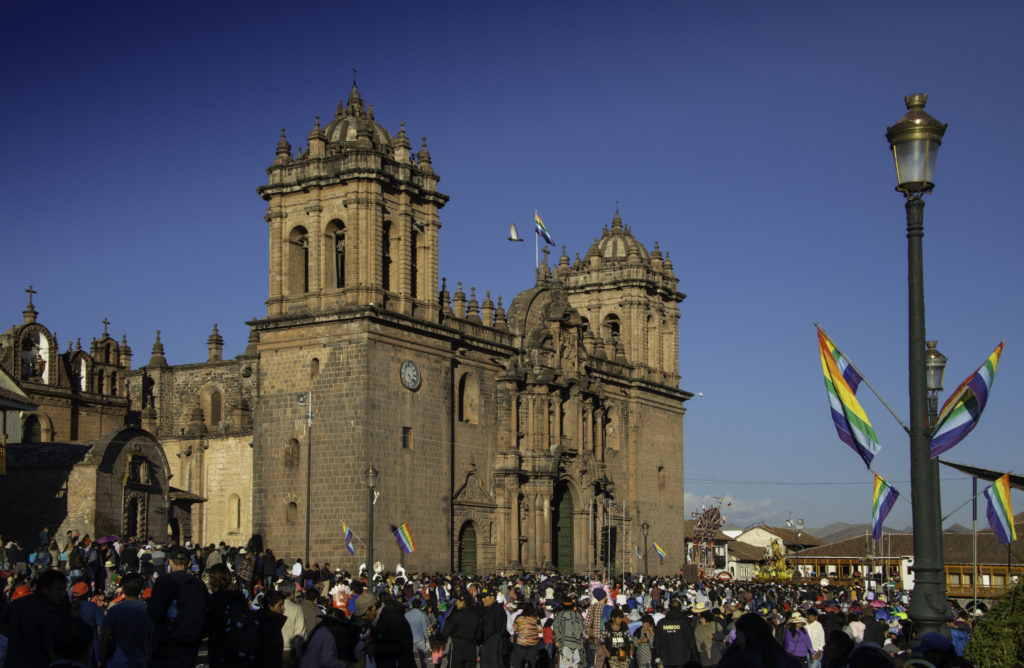
City of Cusco with Plaza de Armas and Cusco Cathedral
The group tour started in Plaza de Armas at the Cusco Cathedral. Built between 1560 – 1654, the cathedral is the epitome of Spanish influence, however the square existed long before the conquistadors arrived. Legend has it that Manco Capac and Mama Ocllo travelled far and wide to find the most appropriate location for the Inca Empire. They were carrying a golden rod and had been instructed by God Inti, father of Manco Capac, that where ever it sank, that is where the new city will be born. In those times, the location where Plaza de Armas now stands was a swamp, so the golden rod sank here and the spot was chosen for founding the capital of the Inca Empire . The Inca Sinchi Roca, successor of Manco Capac, ordered the drying of this swamp to transform the place into the administrative, cultural and religious center of what would be the great Inca Empire. Palaces of rulers like Pachacutec and Viracocha were made here. Major events like the famous Inti Raymi were celebrated here and this was also the starting point of the great network of the Inca roads, the Qhapaq Ñan, which connected the entire empire.
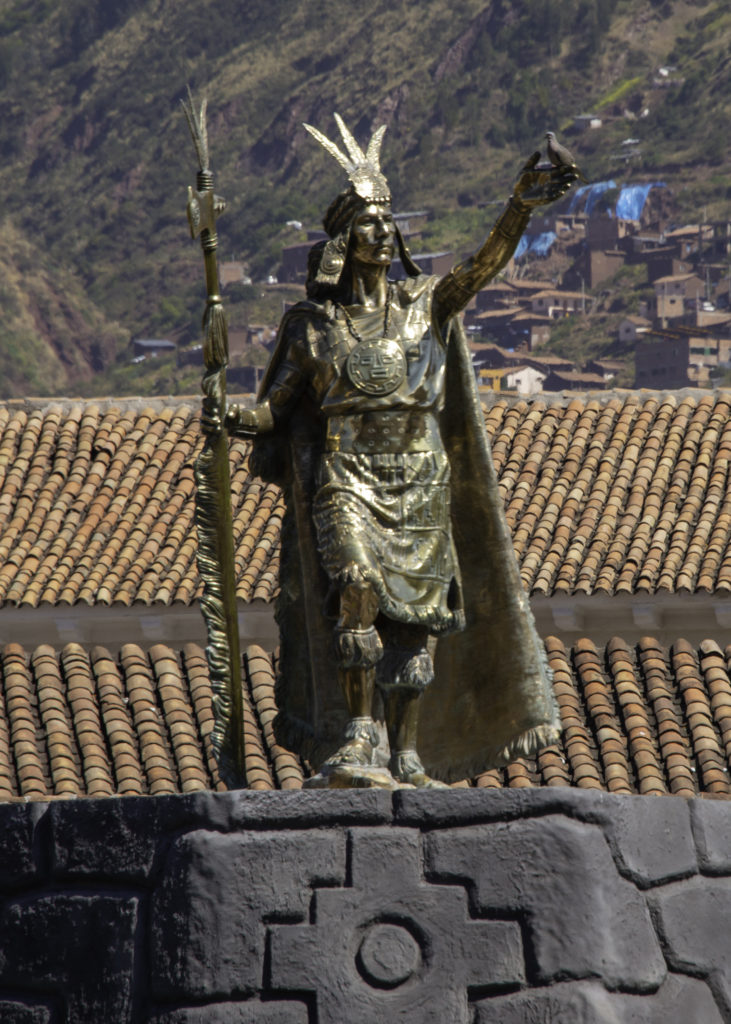
The Statue of Pachacuti stands at the heart of Plaza de Armas. Pachacuti was the ninth ruler of the Kingdom of Cusco (“Sapa Inca”) and later the Emperor of the Inca Empire. He began the expansion of the Inca dominion from the valley of Cusco to a big part of western South America. Some say that Machu Picchu was built as an estate for him.
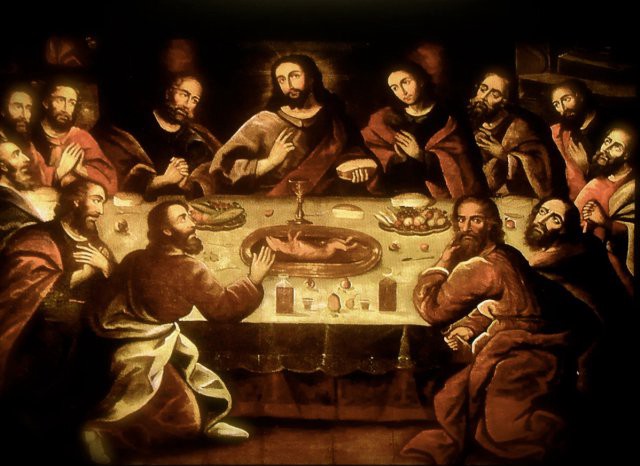
The Cathedral took almost a century to built and the blocks used were from the nearby Inca site of Sacsaywaman. It is flanked by two smaller churches, Iglesia del Triunfo to the right and Iglesia de Jesus Maria to the left. The Cathedral is one of the largest repository of colonial art especially for the Cuzco school. The Last Supper, by Quechua artist Marcos Zapata is one of the notable paintings. It has many peculiarities, the strongest of which is that the traditional Paschal Lamb is replaced by Viszacha, a wild Andean chinchilla not a guinea pig as many consider it to be. Viszacha is the spiritual guardian of lakes and mountains according to Andean mythology.
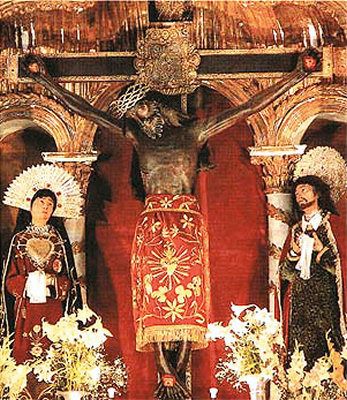
Another notable piece is what the tourists called the black Jesus, a statue of Jesus made of mixed materials and covered in alpaca skin. During the 1650 earthquake, the religious leaders grabbed the statue and carried it around the town square, praying for an end to the earthquake and astonishingly it did cease. The statue became known as Señor de los Temblores, or Lord of the Earthquakes, and the patron of Cusco. Each year, the people of Cusco take it out of the cathedral on Holy Monday and carry it in a procession. It is a tradition for the faithful to throw red flowers at it, symbolizing the blood of Christ. Sticky residue from the flowers, along with a buildup of soot from candles and oil lamps placed at the statue’s feet for prayers, are the reason why the statue is now black. Legend has it that under the skirt it is Lily White.
The guide pointed out how the artworks were done so that they would blend in with the world view of the locals. For instance, Mary was often depicted with her arms obscured from view and wearing a mountain-shaped skirt with a river running around its hem. This depiction identified her with Pachamama, Mother Earth to the locals.
Another impressive item is a large trellis in form of a small temple. Its wooden frames are covered with more that 166 kgs of silver. It is used during the festival of Corpus Christi and features a pelican piercing its own heart, symbolizing supreme love.
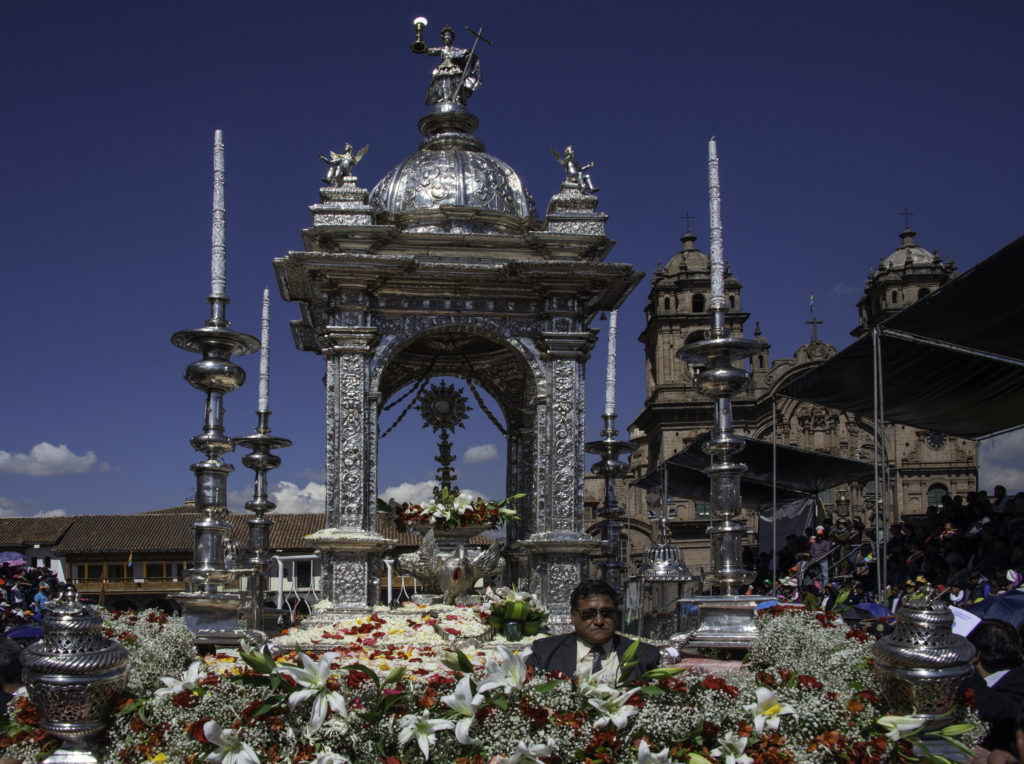
After the visit to the cathedral, the next stop was the Korikancha temple. This beautiful temple was one of the most important and sacred temples of the Inca empire. Its ruins are located in Santo Domingo Plaza. The word “Coricancha” is formed through a combination of two Quechua words: “quri” meaning worked gold in English, and “kancha”, which means temple, or place enclosed by walls. This suggests that the name of the temple roughly translates to “Walls of Gold”.
It was dedicated to the worship of the Sun god – Inti. Chronicles describe a garden of gold that adorned the temple. The plants had leaves of gold and the stems were made of silver. There were corn cobs of gold and 20 llamas with herders. The walls had sheets of gold to reflect the Sun and there was a solid gold disc, studded with precious stones. The human face on this disc was Inti, the Sun god. Korikancha was aligned closely to the sunrise of summer solstice with the sun rays falling on a large nice where the sapa inca sat during important festivals. Once the Spanish arrived, the gold was plundered, melted and sent back to Spain. They were also very keen to remove this Inca icon and replace it with a Catholic monument. The order of Santo Domingo arrived in 1534 and a few years later the construction of the church and convent began. It was built on the foundations and the remaining walls of the temple, preserving only a small part of its indigenous beauty.
About 2 kms from the main square is the archaeological site of Sacsayhuman. Sacsayhuaman (also known as Saksaywaman or Saqsawaman) is a Quechua word that can be translated as: “Saqsay”- “Satisfy”, and “Huaman”-“Hawk”. Built by the pre-indisutrial Incas, the three-tiered walls of the Sacsayhuamán complex are a marvel of engineering with some of the biggest blocks ever found in Incan construction fitted together so tightly, mortar was not even necessary. While the site is thought to be the remains of a much larger fortress complex that once stood atop it, the remaining walls of the structure are an impressive reminder of the Incans’ almost unbelievable engineering skills. Over the three stepped sections of the remaining walls, huge stones of all sizes are stacked together like a Herculean game of Tetris. The stones are all carved into roughly square and rectangular shapes, but there is little consistency in their exact dimensions. It seems as though each piece was custom carved to fit in a given space as though the wall was just planned and created as they went along which seems almost impossible given the grand scale of the project. After the Inca Empire was defeated, Sacsayhuaman was partially dismantled by the Spanish, as they wanted to destroy the idea of Inca rebellions. The remainder of the structure was covered in earth, leaving no visible remains of the magnificent construction. That is, until 1934, when it was rediscovered during excavations. Nowadays, the complex is very important for the residents, as it is the place where the annual Inca festival takes place: the Inti Raymi or “the party of the Sun”, which is held every 24th of June at the winter solstice. In the time of the Inca, this was a ceremony where a sacrifice was offered to the Sun god “Inti”.
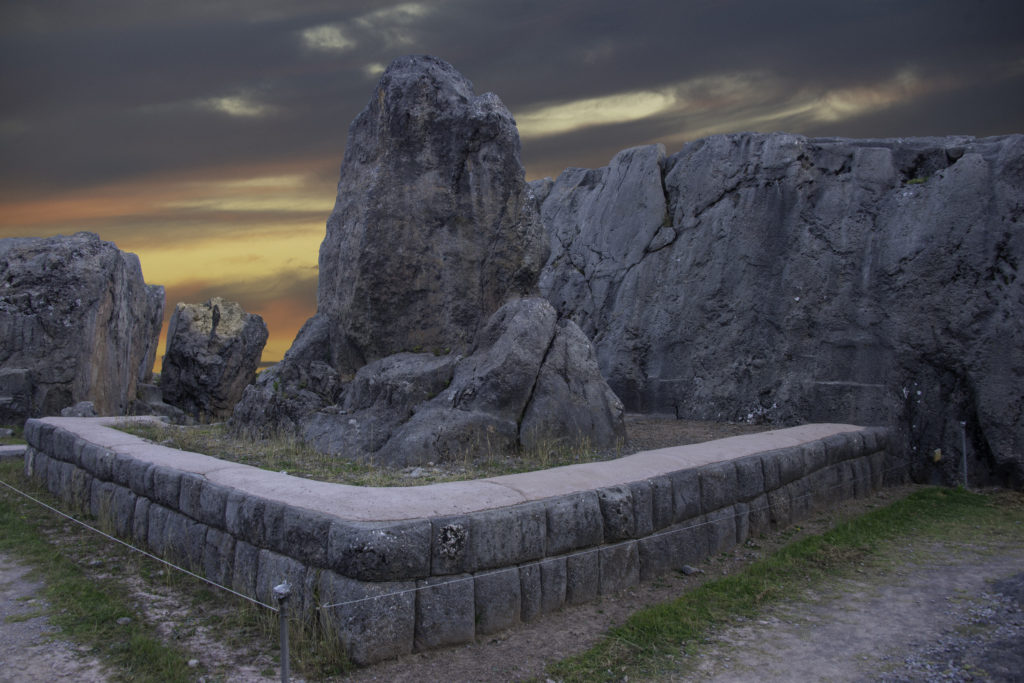
Q’enco, like many Incan holy sites, is shrouded in mystery. Stretched across a hillside, Q’enqo is a unique temple in its construction, as it’s carved entirely out of a naturally occurring monolith. It has been carved into steps, altars and tables to suit the religious needs of the priests, this was one of the most sacred sites in the Cusco area. The name Q’enqo, which means labyrinth or “zigzag” in Quechua, is thought to derive from the zigzag channels carved into the top of the temple. The channels are believed to have been used for the pouring of sacrificial chichi – llama blood – by priests during festivals, celebrations and death rituals. Although archaeologists agree that that they carried some sort of sacrificial liquid, it may have been holy water, corn beer, or the blood of an animal or even human sacrifice. The liquid itself leads to an underground chamber where the embalming and mummification of Incan noblemen would take place. Another underground chamber is also rife with speculation, with theories that it was either a gathering place for rituals, or that it was in the past filled with statues to be worshiped. The walls of the temple show a series of intricately carved designs, including pumas and condors.
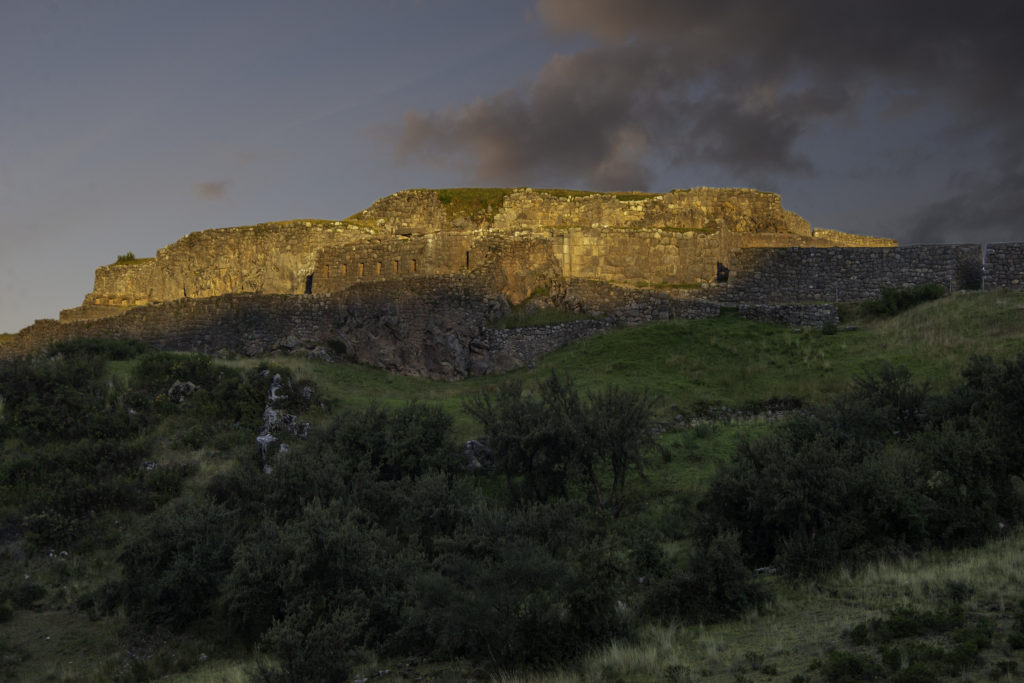
Pucapucara and
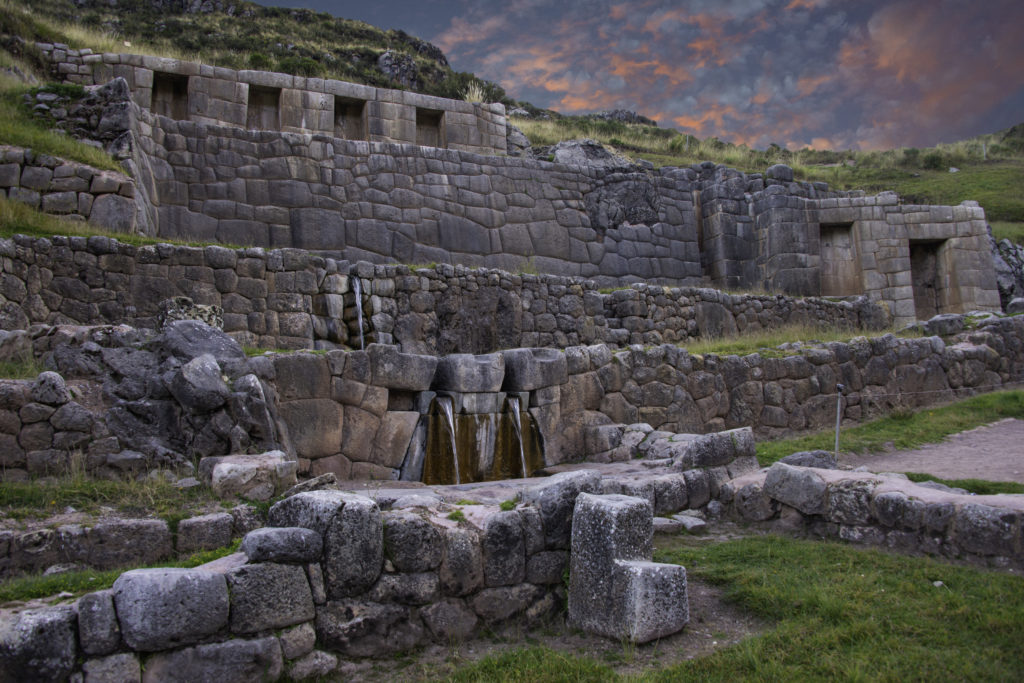
Tambomachay.
I ended the day with a lovely dinner sitting on a 1st floor balcony on one of the many resturants lining up the main square with performers singing and dancing all through, practicing for the Corpus Christi/Inti Raymi celebrations.
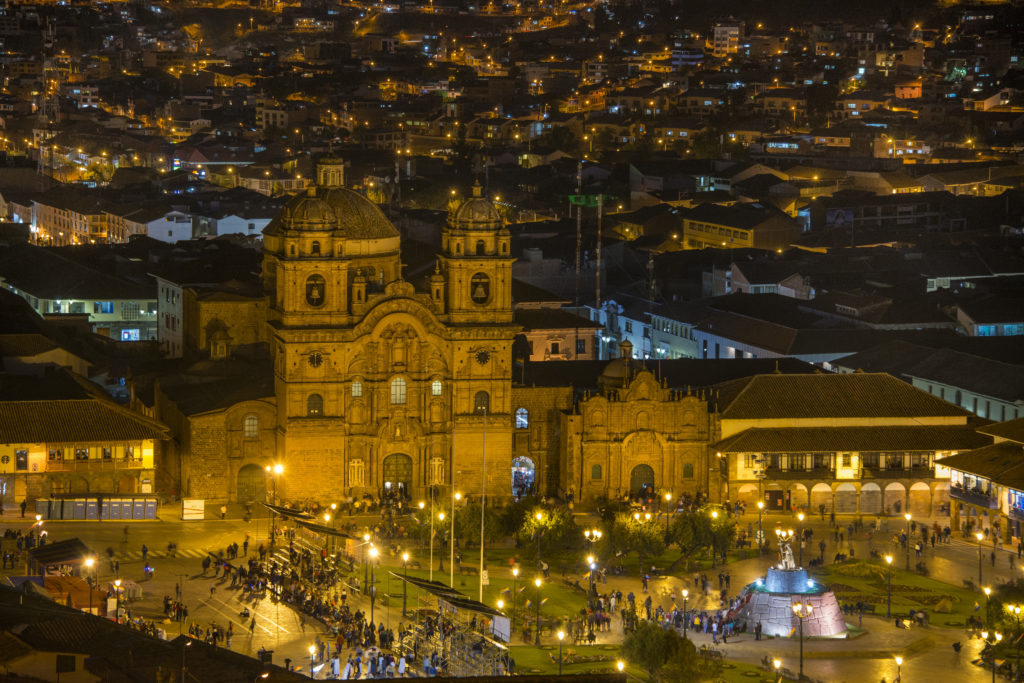
Day 03: Sacred Valley: Although I had seen some Inca archaeological sites the day before generally I had felt a bit disappointed. This was set to change today when we visited Pisac. It’s not hard to succumb to the charms of sunny Pisac, a bustling and fast-growing colonial village at the base of a spectacular Inca fortress perched on a mountain spur. Its pull is universal and it’s the most convenient starting point to the Sacred Valley. Set high above a valley floor patch-worked by patterned fields and rimmed by vast terracing, the stonework and panoramas at Pisac’s Inca citadel are magnificent. Terraces, water ducts and steps have been cut out of solid rock, and in the upper sector of the ruins, the main Sun Temple is a site to behold. I also spent some time exploring the famous Pisac market .
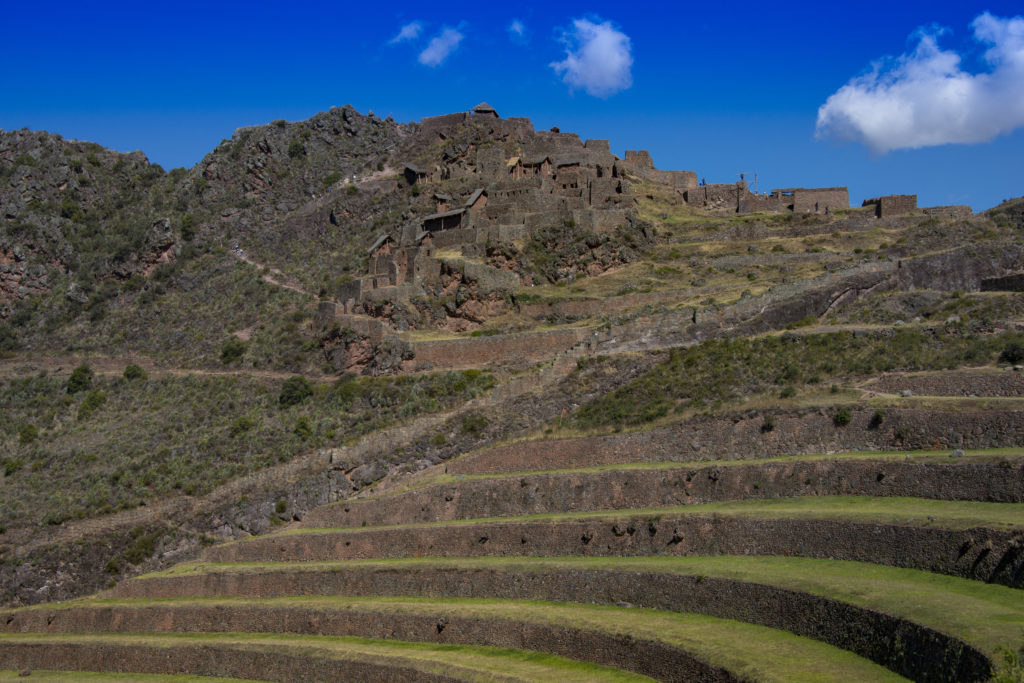
After that had lunch in Urubamba and then on the way we got to see one of World’s scariest hotels, Skylodge, a trio of transparent pods placed 400 feet (122m) above the ground on a cliff-face in the Peruvian Andes. The price you’ll have to pay to stay in one of these incredibly unique capsules, is having to climb a 400-foot steel ladder embedded in the almost sheer-cliff face to get to one of these unique hotels. If you don’t fancy that, you can also hike or use a zip-wire.
After that it was onwards to Ollantaytambo. Dominated by two massive Inca ruins, the quaint village of Ollantaytambo is the best surviving example of Inca city planning, with narrow cobblestone streets that have been continuously inhabited since the 13th century. It is a former Inca administrative center and gateway to the Antisuyo (the Amazon corner of the Inca Empire), sits at the northern end of the Sacred Valley. At the time of the Spanish invasion and conquest of Peru Ollantaytambo served as the last stronghold for Inca Manco Yupanqui, leader of the Inca resistance at the time. Nowadays the Ollantaytambo ruins and town are an important and popular tourist attraction in the Sacred Valley.
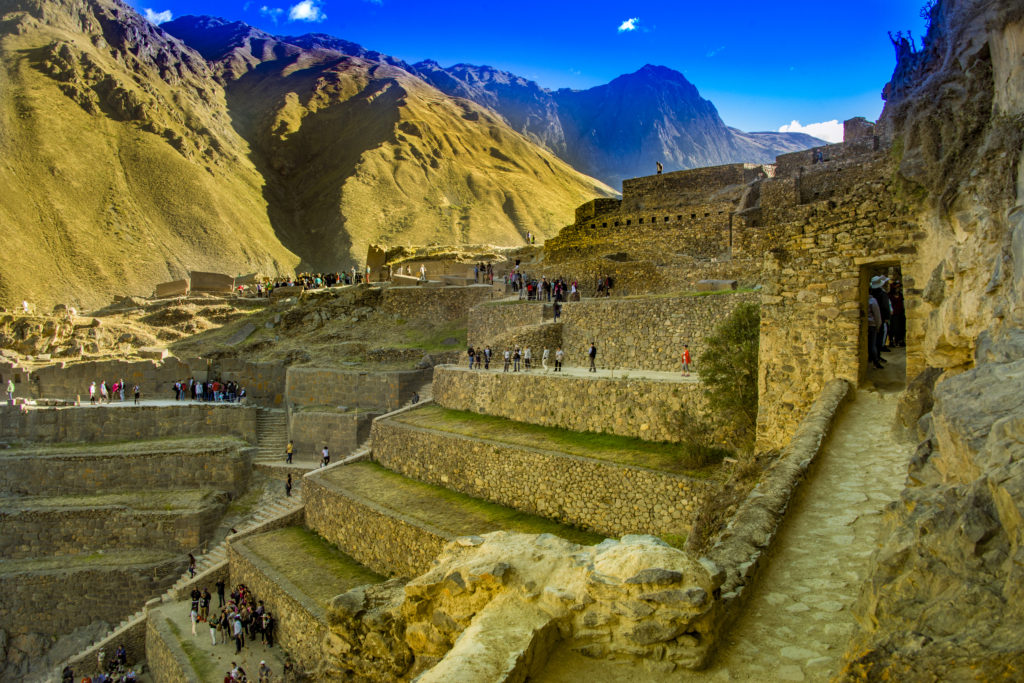
Day 04: Machu Picchu: Clearly one of the seven wonders of the world was the long-anticipated highpoint of my trip, and it did not disappoint, absolutely magical. In a spectacular location, this awe-inspiring ancient city was never revealed to the conquering Spaniards and was virtually forgotten until the early part of the 20th century. Despite this great tourist influx, the site manages to retain an air of grandeur and mystery. The day started in Cusco, from where I caught the train to Aquas Calientes and then a bus from there to the archaeological site. I would strongly recommend a local guide as the site’s construction is heavily rooted in Inca beliefs/culture, religion and practices. The building of terraces some for agricultural purposes others to stabilise the mountain are a feat in themselves. The positioning of the winds ot catch the first rays of light is another spectacular feature. As I said no ammount of hype about Machu Picchu, is hype too much.
Day 05: Machu Picchu from the Sun Gate: This was the reserve day in case there was inclement weather on the first. Given that on the previous day the weather was good, I headed straight for the Sun gate early in the morning. It is a different view of Machu Picchu and as the sun gradually rises over the surrounding mountains the sun rays catch the peak of wayna picchu and slowly works its way down to the magical archaeological site. It is a very different view and one that I will highly recommend. Also this is the view trekers will get who are doing the inca trail trek and in the olden days might have walked from Ollyantaytambo. After four days of hardship what it mist feel like to see the majestic city. Later on had a few close friendly encounters with Alpacas and also walked up to the draw bridge on the other side.
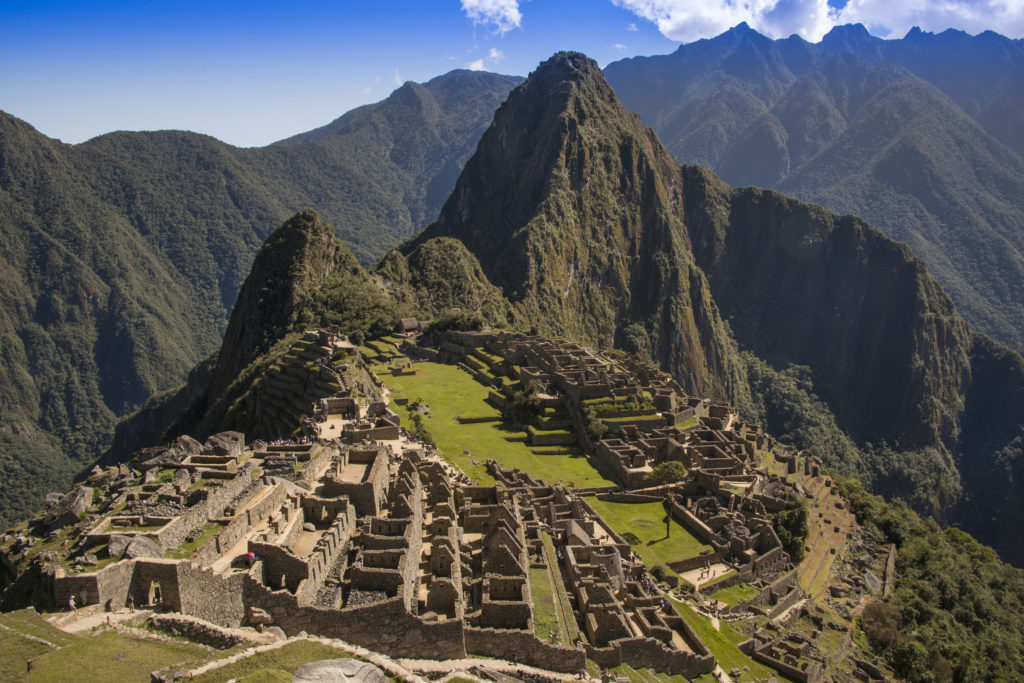
Day 06: Cusco – Corpus Christi Festival: While planning the trip I was aware that of the festival season and wanted to be in Cusco either for Inti Raymi or Corpus Christi. My travel dates were such that we could not be there for the former, so it was the latter, but no regrets as what I saw was absolutely stunning. Corpus Christi is one of the biggest and most important religious festivals of the calendar year. Celebrated 60 days after Easter Sunday, Corpus Christi is a Christian observance that honours the Holy Eucharist. Although celebrated throughout Peru, the largest and most spectacular celebrations are held in Cusco.The festival starts when statues of highly decorated saints are taken to Cusco cathedral from their respective parishes. Specially chosen bearers carry the saints upon their shoulders in processions which often last an entire day. Blocking the busy streets of Cusco, the saints are followed by large bands, crowds and the devoutly religious. It will be an experience to remember.
Day 07: Cusco to Puno: A whole day bus journey from Cusco brings one to Puno. Along the way there were some nice stops in quaint villages and archaeological sites of some significance. Raqchi’s archaeological site was an Inca sanctuary built by Pachautec after his victory over the Chancas nation. It is a gigantic construction with two rows of collonades and a large longitudinal wall that runs parallel to the building.
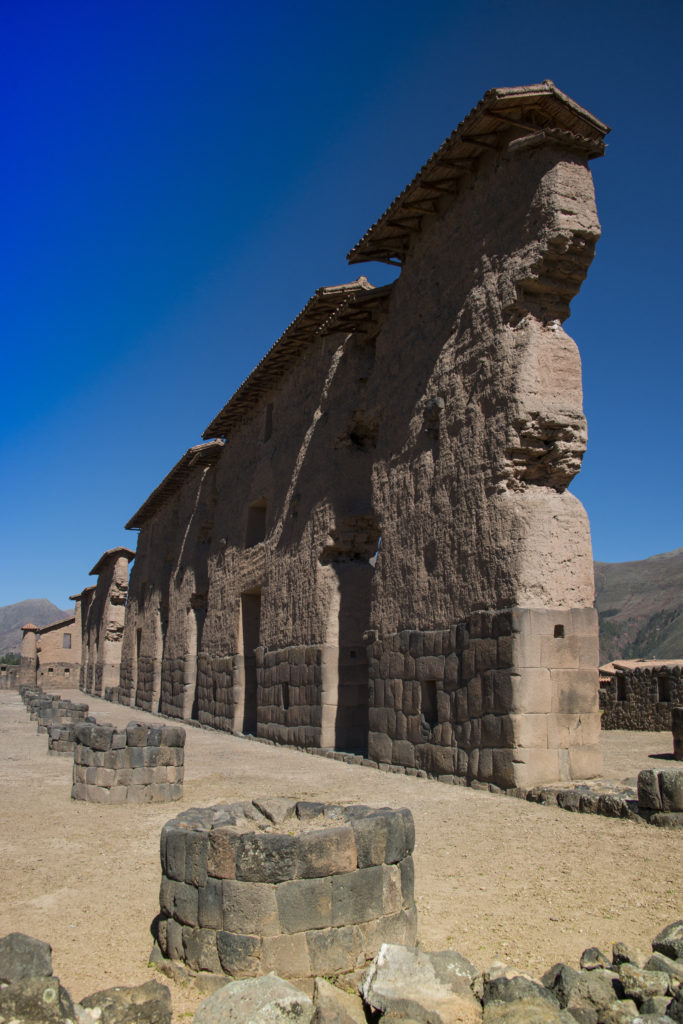
The other interesting stop was Pucara, where in the local museum one gets some exposure to pre-Inca culture dating between 3rd and 8th century. Also the potters of Pucara are famous for the small ceramic toritos (bulls) that are put on top of houses when finished.
Day 08: Uros and Taquile: This was the day to explore Lake Titicaca and visit the floating Uros island and the island of Taquile. The Uros islands are made from tortora bushes, as are the houses on them and the residents’ boats. Part of the tortora can even be eaten! The people of the Uros Islands who predate the Incas speak the Aymara language. It is thought that they may have fled to the islands to escape hostile tribes, including the Incas. It was really nice to get a glimpse of there ancient ways of living.
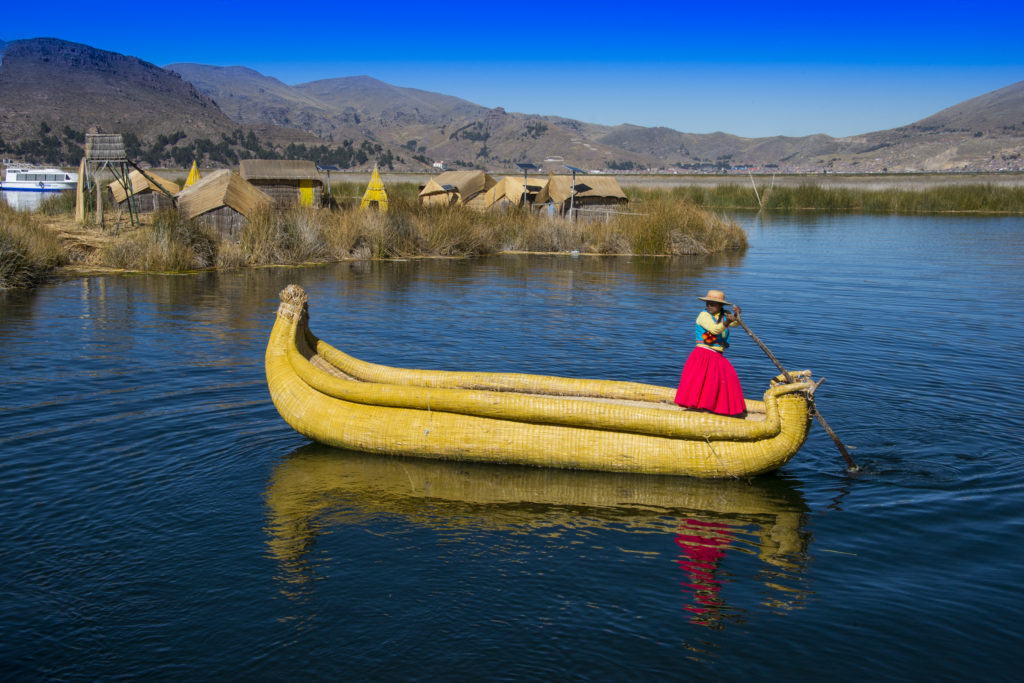
The views from isla Taquile are spectacular, with the green vegetation contrasting with the deep blue waters of the lake and the white mountains of the Cordillera Blanca on the horizon. We had an education in the art of hat making and there significance in all walks of life. There are three different types of hats denoting married men, single men and men of important rank on the island. Even the mark of a successful courtship is based on the quality of hat knitting!!! It is common to see the men of the island knitting while walking around, usually making the floppy hats they wear.
Day 09: Puno to Arequipa: Took the 6 am bus for Chivay from Puno. The journey takes one through beautiful Andean landscapes, Lagunillas with there pink flamingos was particularly special. In order to get to Arequipa, one had to change midway. On arrival in early afternoon, headed straight out for the beautiful Plaza de Armas and saw the Cathedral. Guarded by not one but three dramatic volcanoes, the city enjoys a resplendent, if seismically precarious setting – earthquakes regularly wrack this region, the last big one causing significant damage in 2001. One of the Cathedral towers was badly damaged but has been quickly rebuilt. The plaza is deservedly a UNESCO World Heritage site.
Day 10: Arequipa: White walls line the beautiful city of Arequipa, hence its nickname ‘The White City’. The day’s tour started with a visit to two famous viewpoints, Carmen Alto and Yanahuara. However the highlight undoubtedly was Santa Catalina. Founed in 1579, 40 years after the Spanish arrived in the city, the convent/monastery is considered the most important colonial structure in the city. Later on I saw the beautifully painted Sacristy. inspired by Salvadorian forest. After that I made many attempts to go and meet Juanita, the Incan Ice Maiden, but electricity problems at the museum got in the way, so spent considerable time in the local market, felt as if I was back in India. In the evening I hung about the main square, and managed to find a spot in a restaurant overlooking the Cathedral.

Day 11: Colca: This was primarily a day of travel from Arequipa to Colca and enjoying the magnificent Andean vistas. The guide took it upon herself to give a Geography lesson regarding the changing habitats at different altitudes. The air did get quite thin and the panoramic views from the highest point (4925 m) were breathtaking. I also got to photograph Vicunas (at Pampa Canahuas), Llamas and Alpacas along the way as well as at Colca lodge. The day ended with a relaxing star gazing session in the hot springs.
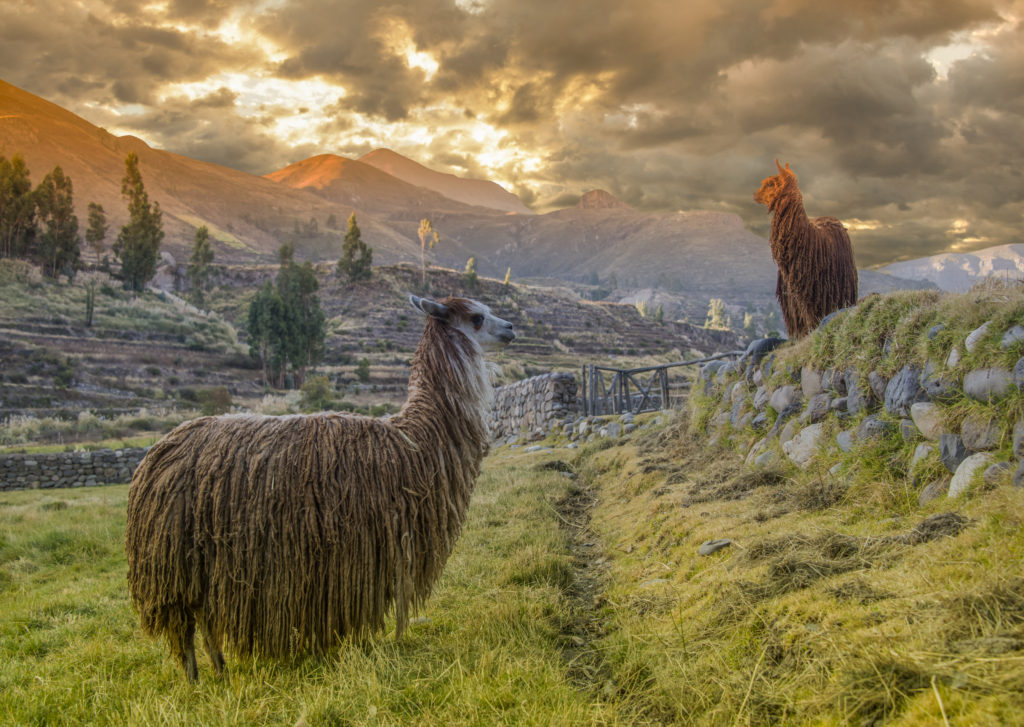
Day 12: Colca Canyon: This enormous canyon is a staggering 3270 m deep; almost twice the depth of the Grand Canyon in the USA, and offers unrivalled views of the magnificent Andean Condor.
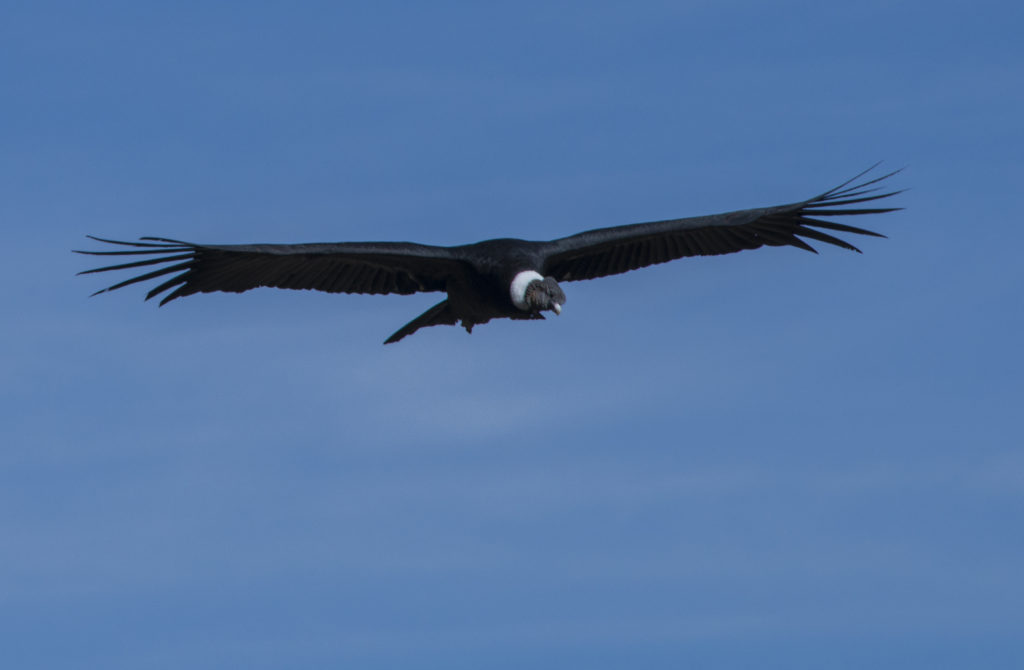
Incan terraces and grave sites can be spotted along the road that snakes by the canyon, along with many small traditional towns which are extremely photogenic.
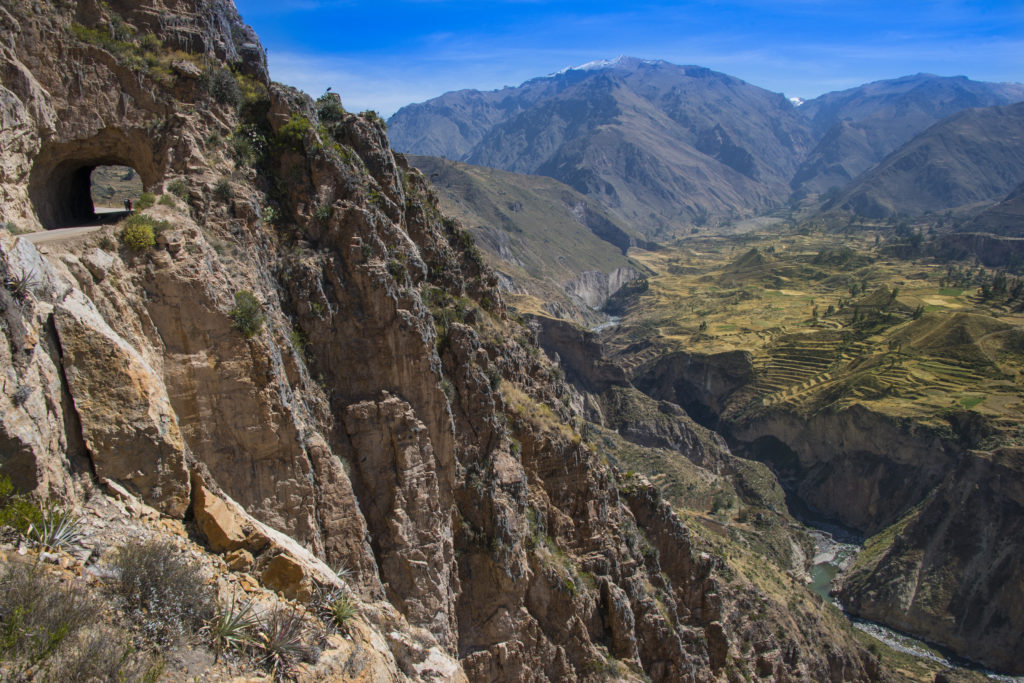
After spending the day in Colca, I got back to Arequipa just in time to keep my date with the Inca Ice Maiden – Juanita. She was sacrificed to the gods over 500 years ago, but only discovered in 1995. At the time, it was one of the most exciting historic finds and the news spread rapidly around the world. The story of her sacrifice is told in great detail at the Santuarios Andinos Museum. Once that was done it was back to Santa Catalina, but this time to see it lit up with lamps and candles. It was fascinating to walk in the the footsteps of Dominican nuns and see there world as they would have seen it. I finished the day with a fine meal of traditionally cooked Alpaca overlooking the cathedral.

Day 13: Lima: Early morning flight from Arequipa to Lima gave me 6 hours to explore the city centre. Given I did not get to see much of Lima on arrival this was a great opportunity to see the Cathedral and the Archbishop’s Palace Museum. Also saw the elaborate change of guards at noon and did some people watching contemplating all that I had seen and experienced during the trip. After that it was the long haul flight to Madrid and then to London Heathrow. I was home in Cambridge with over 250 GB of data and a lot more memories (not digital) to process.
